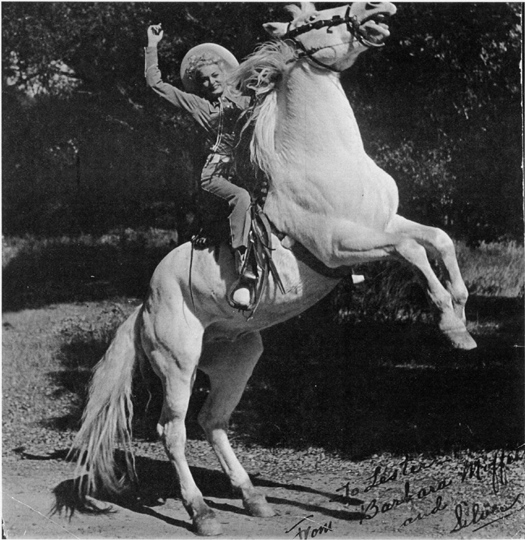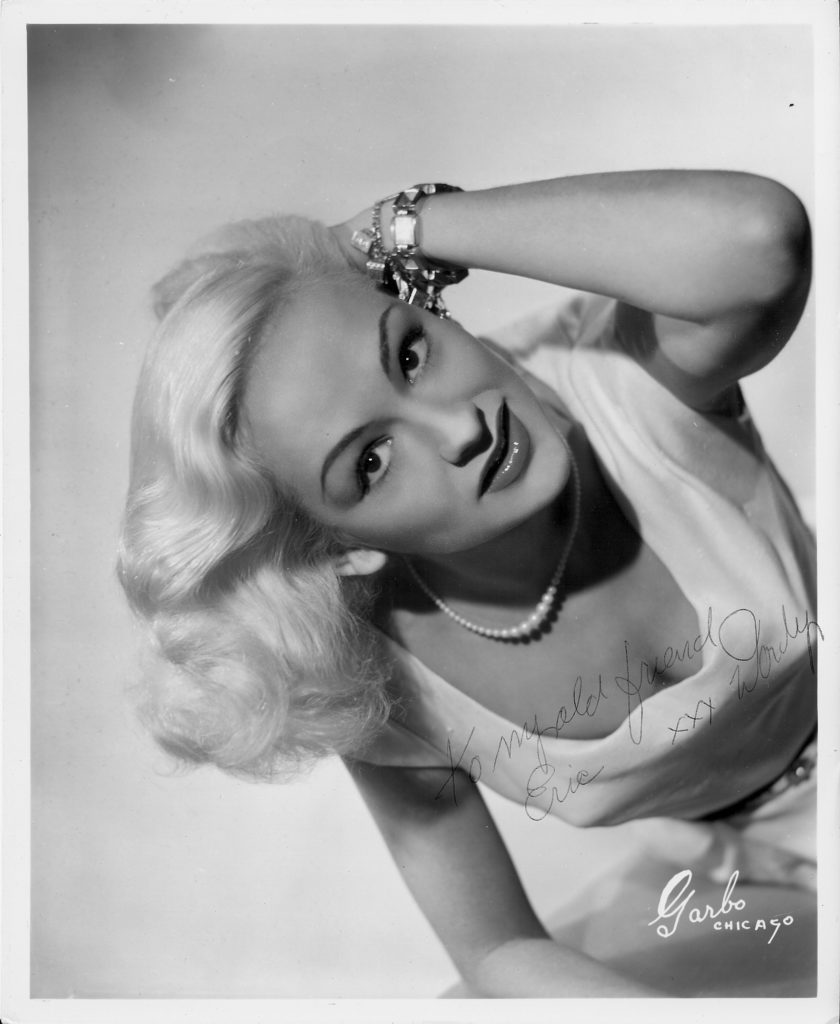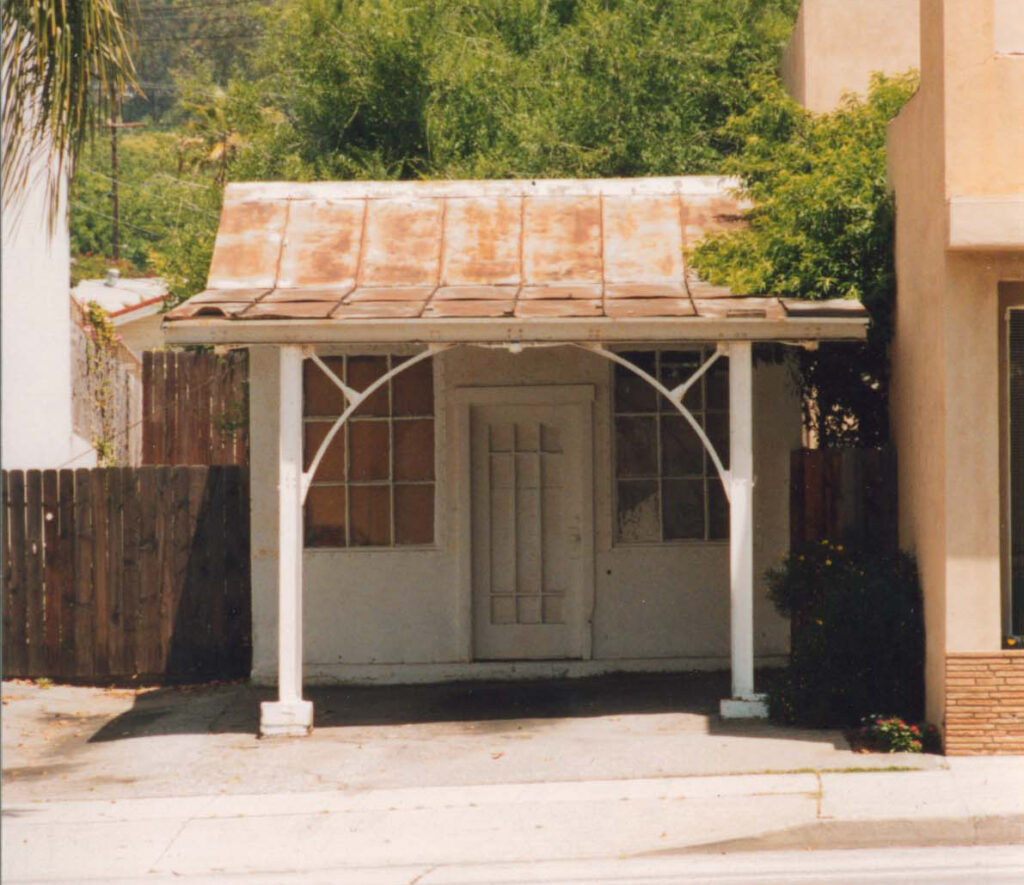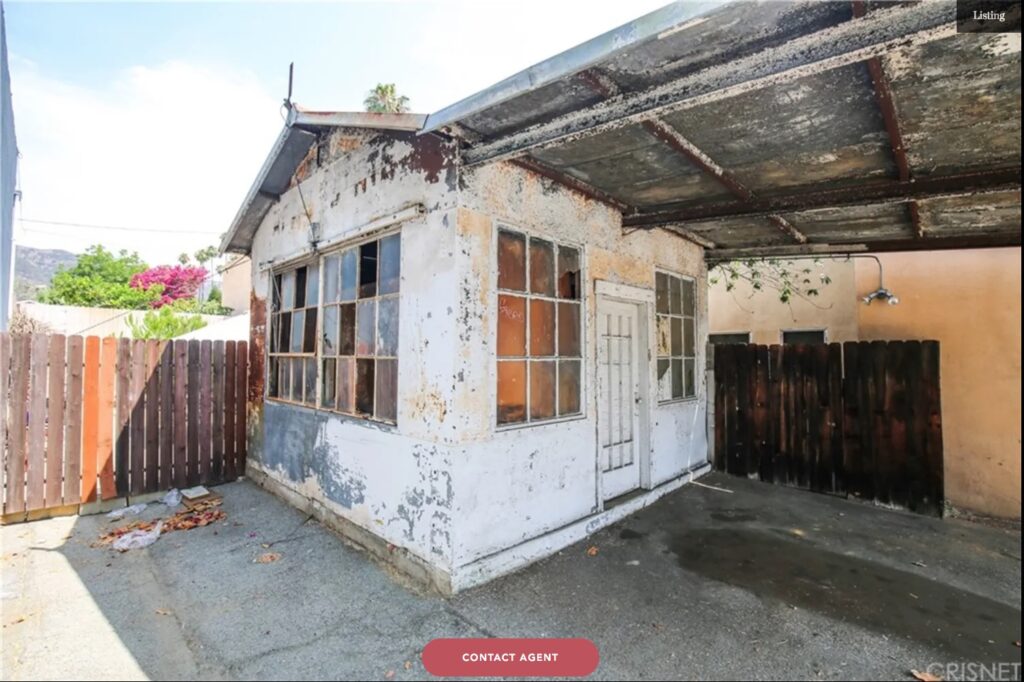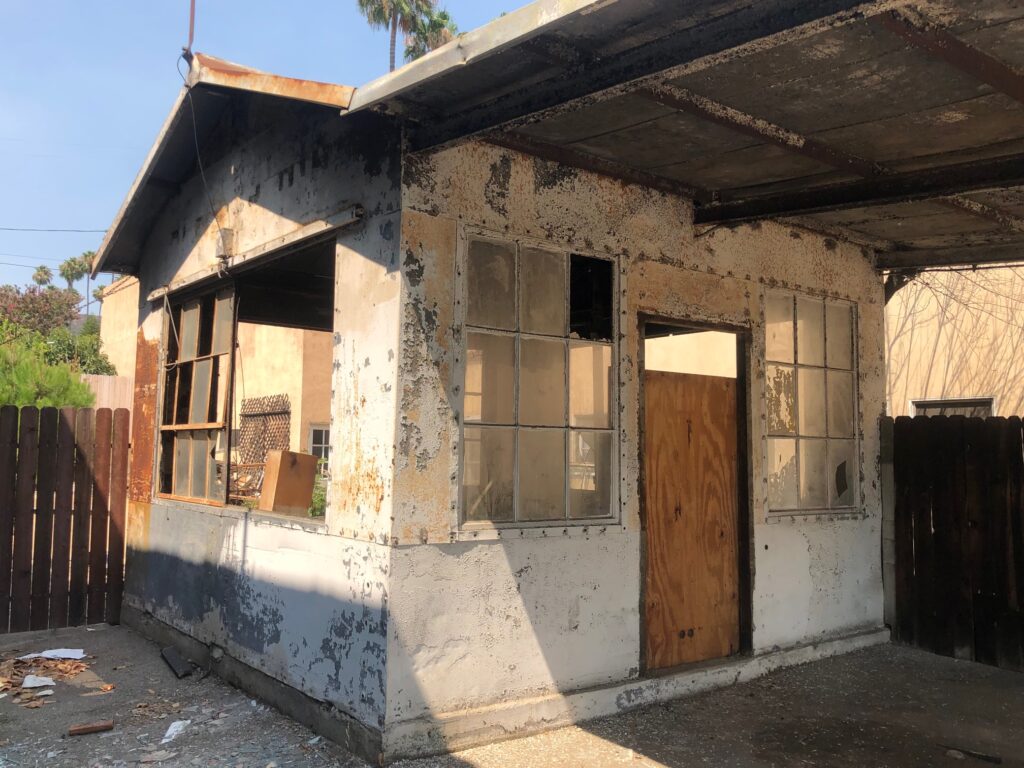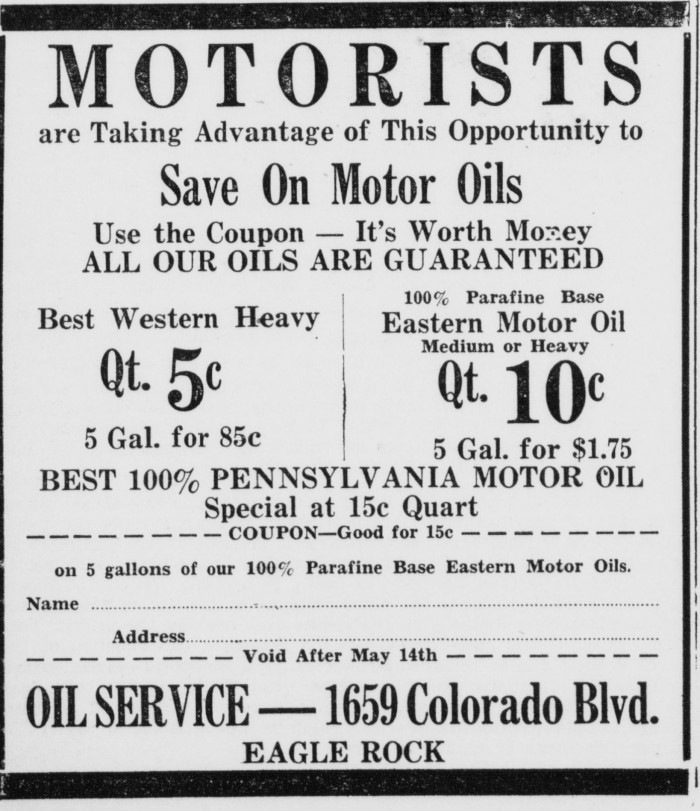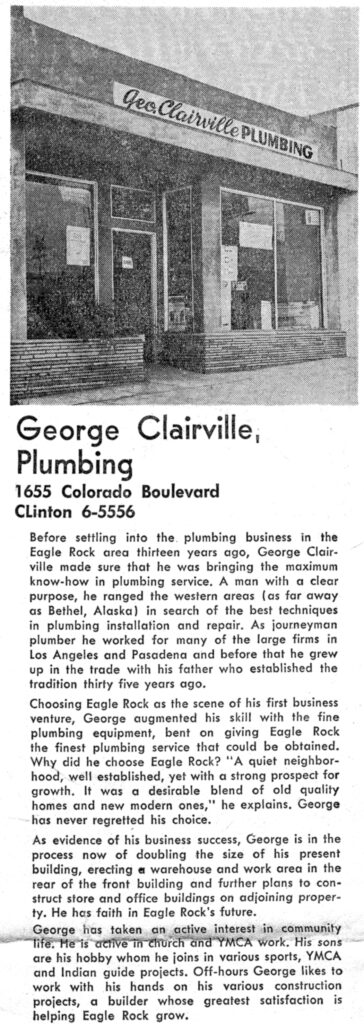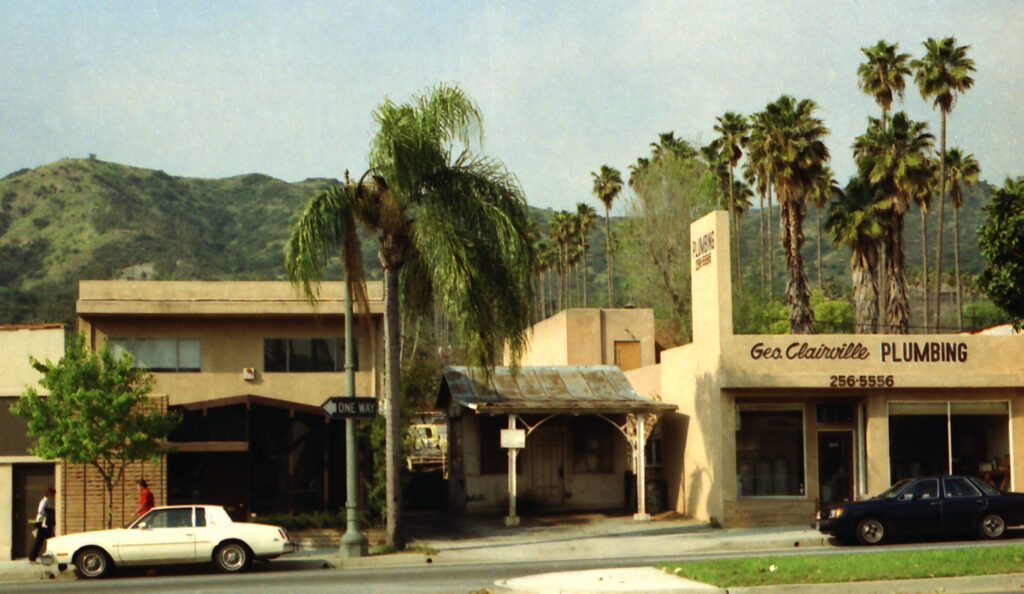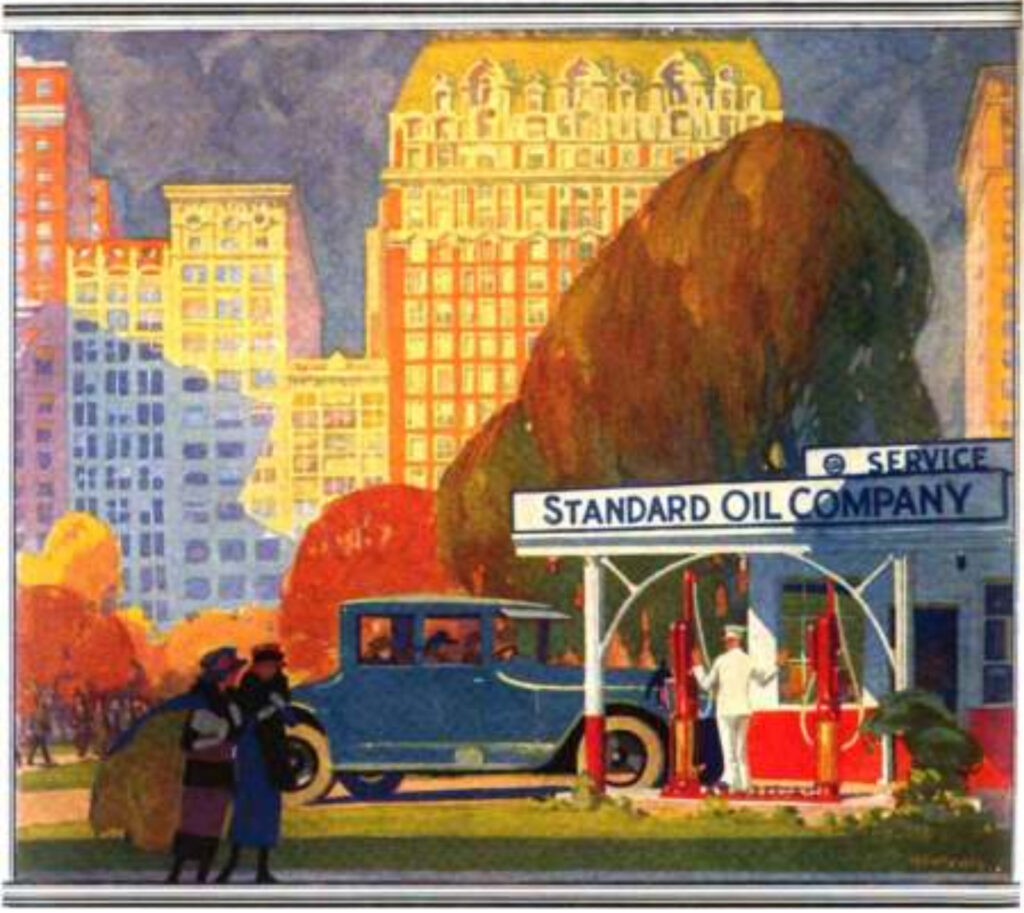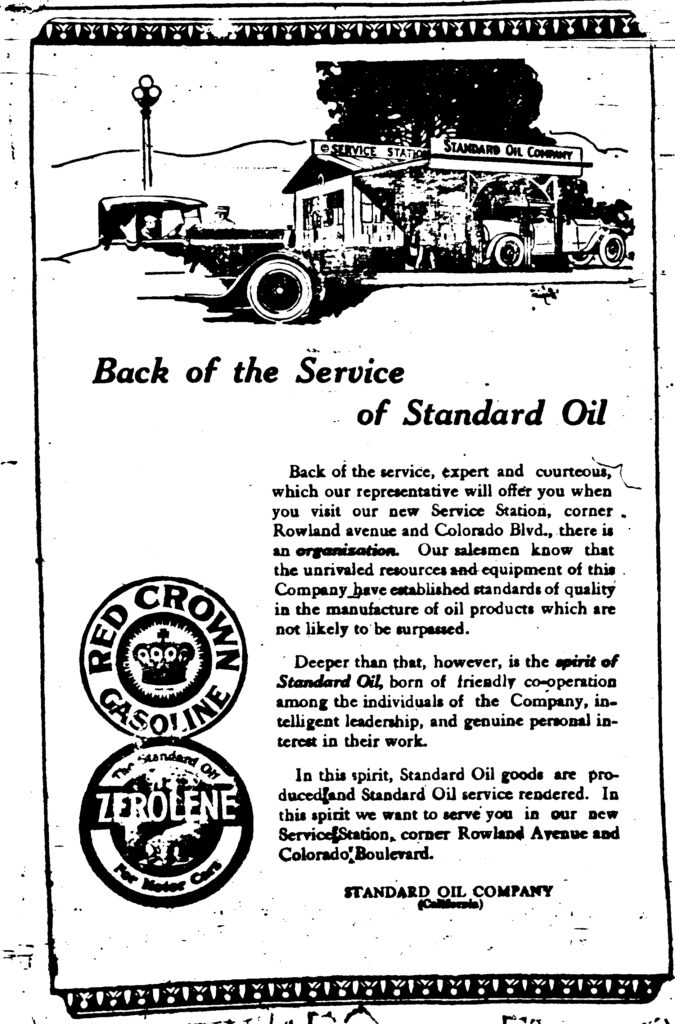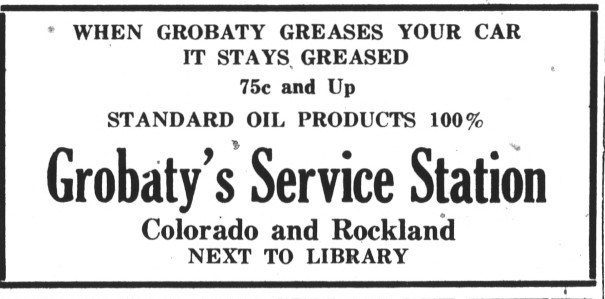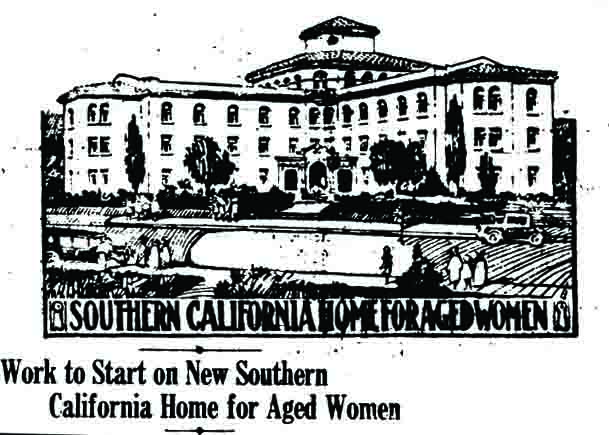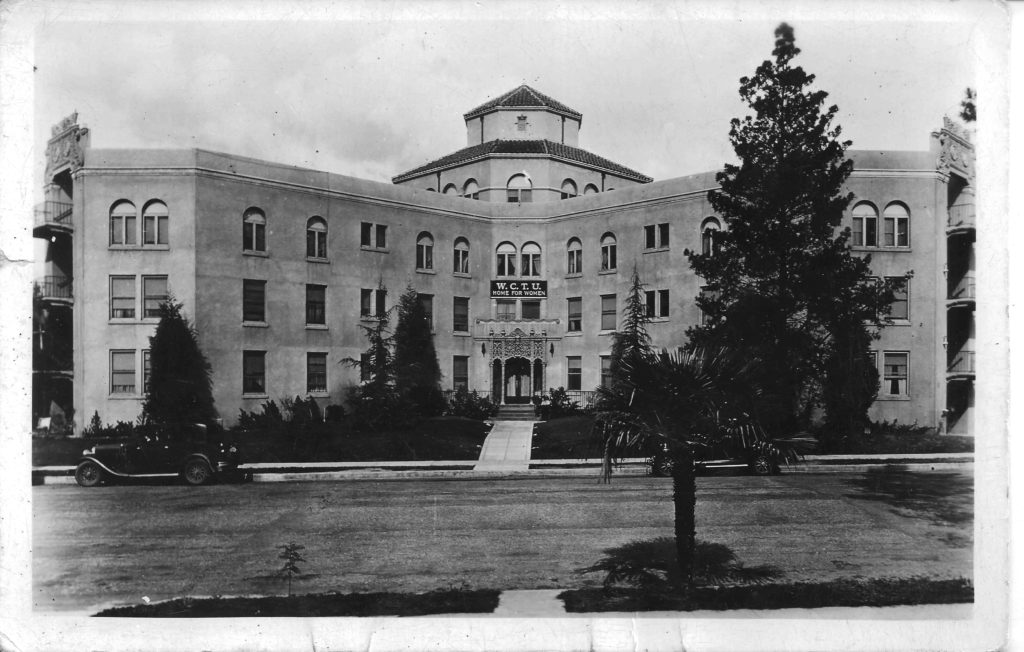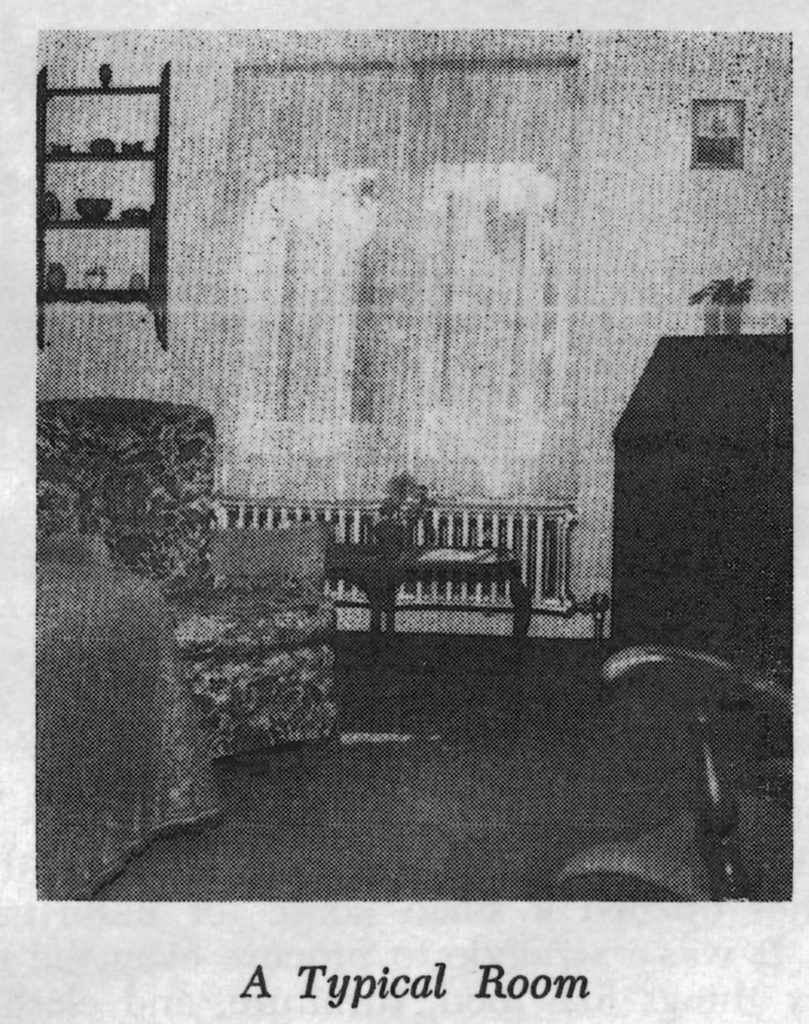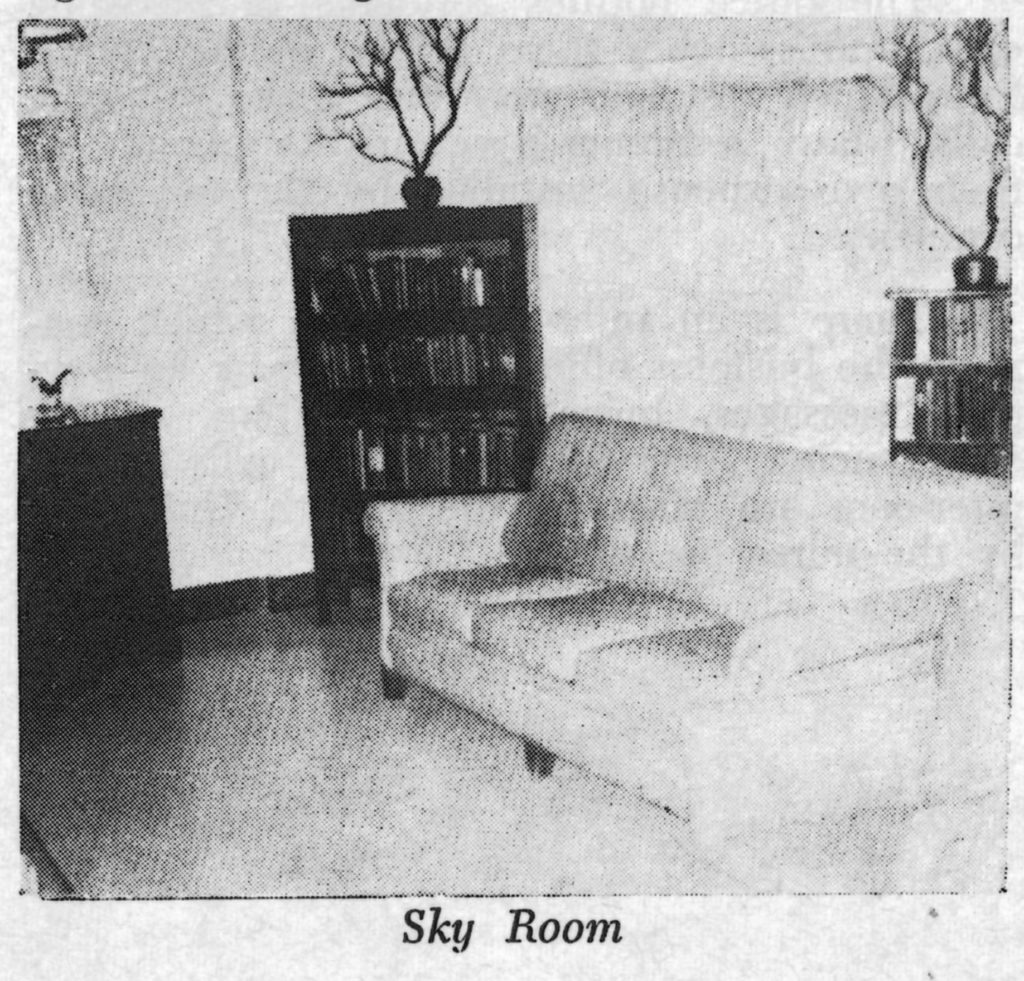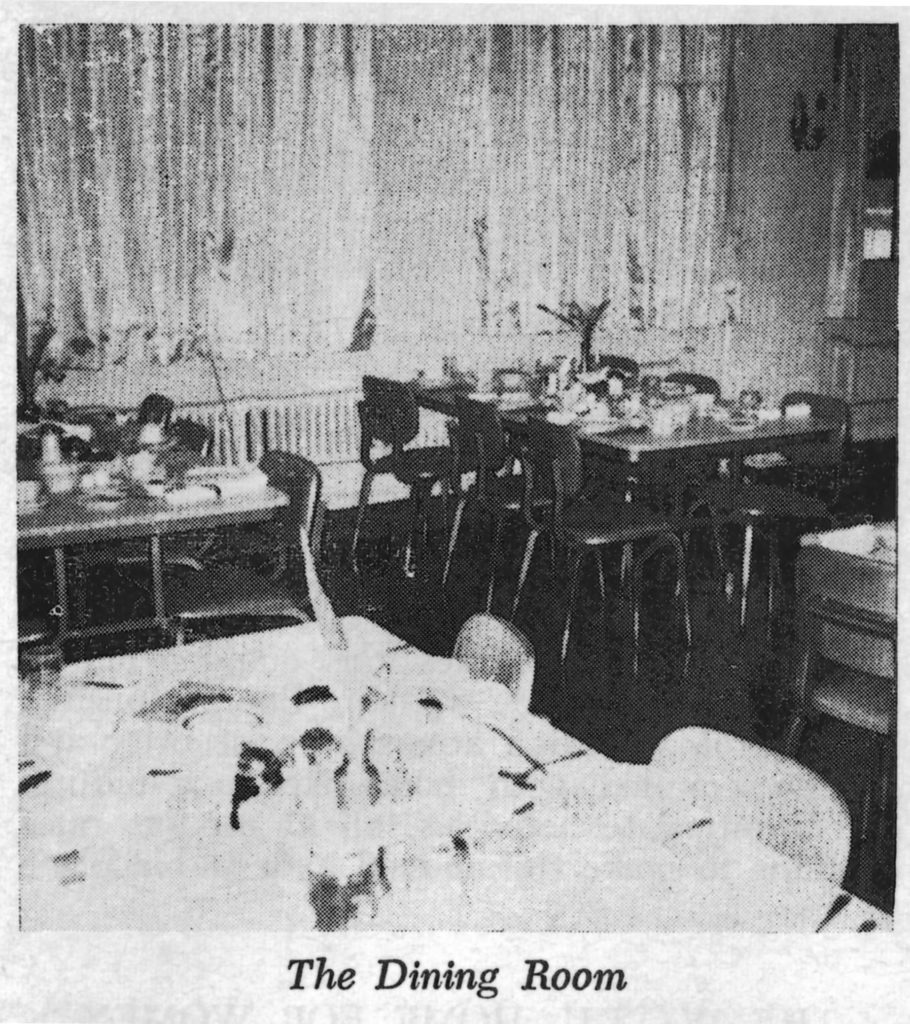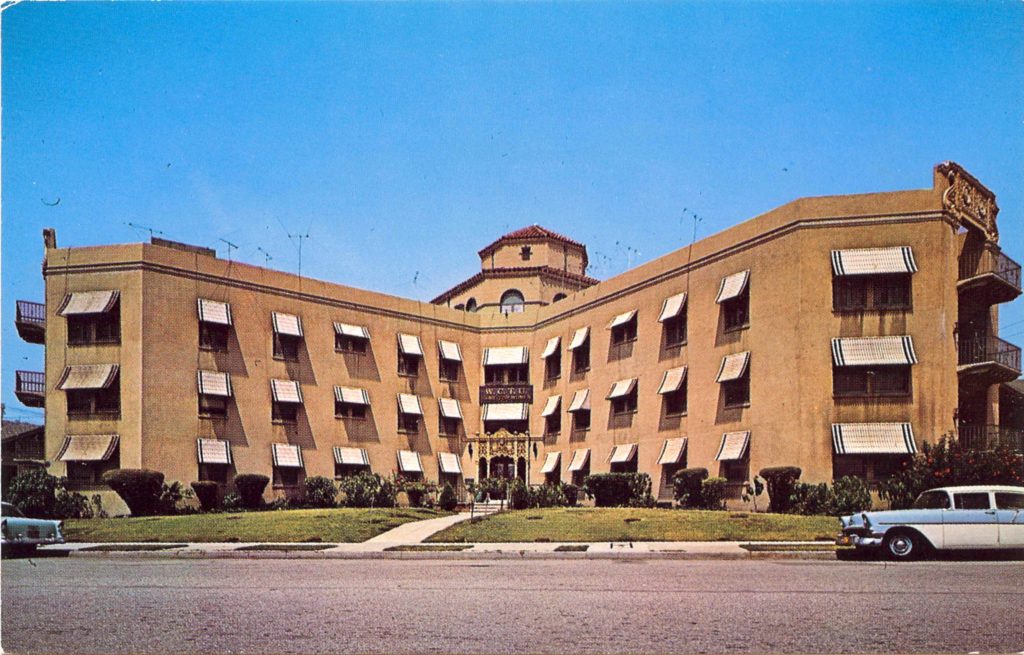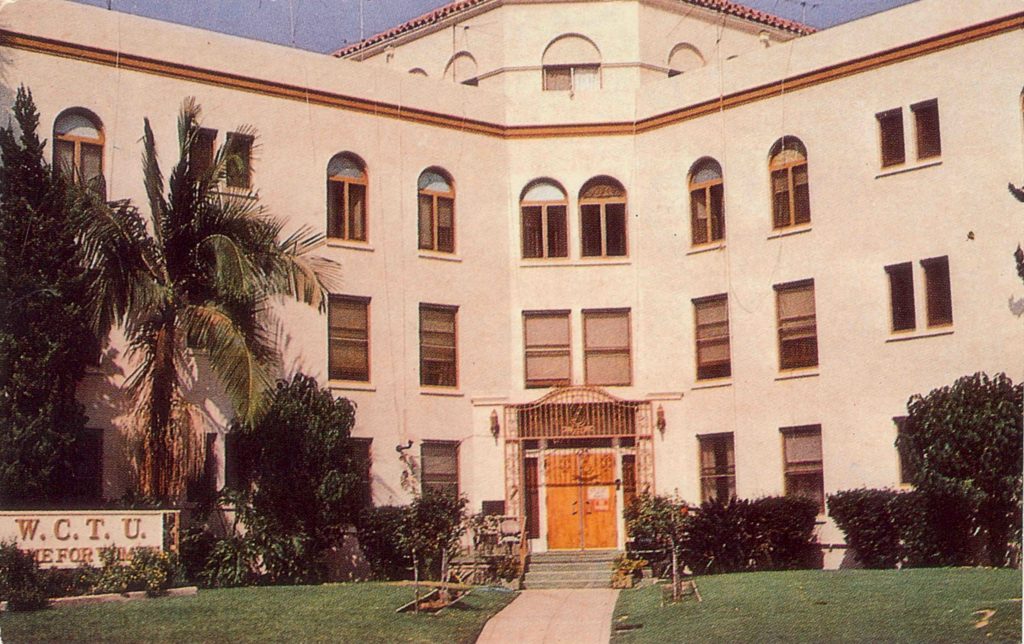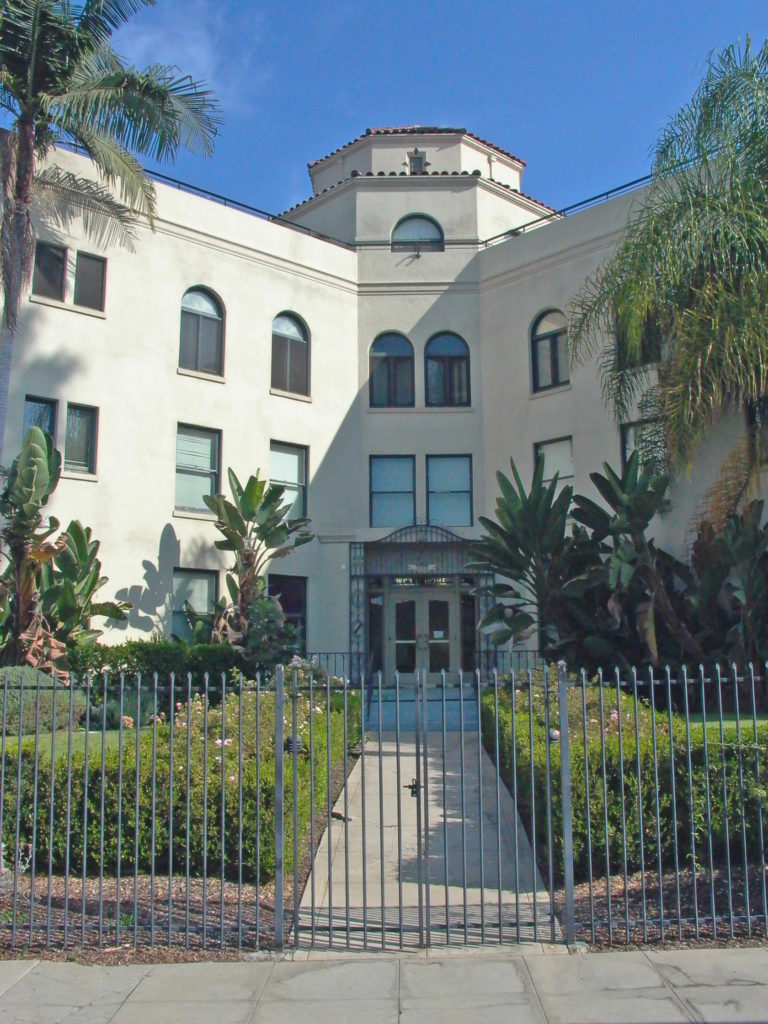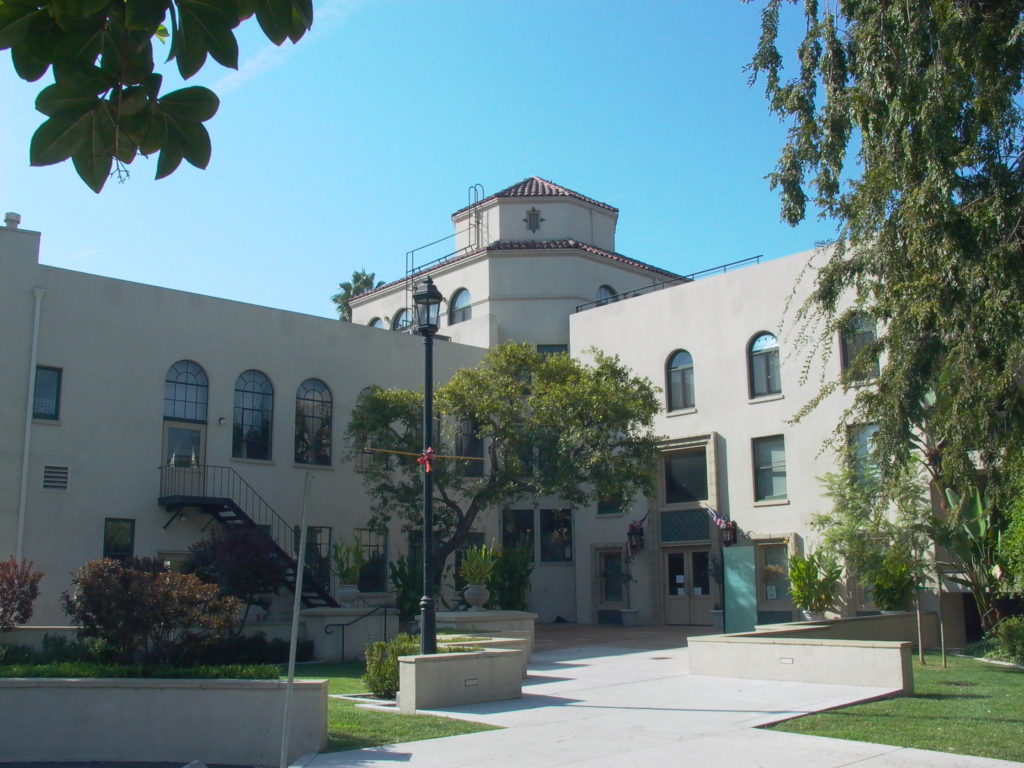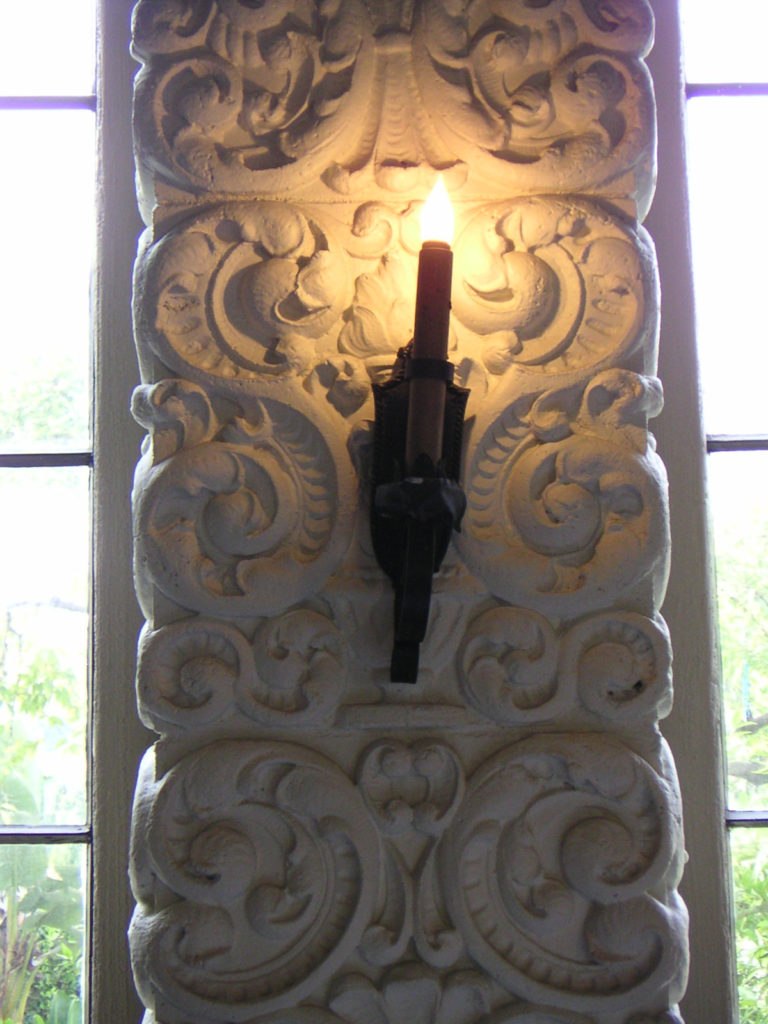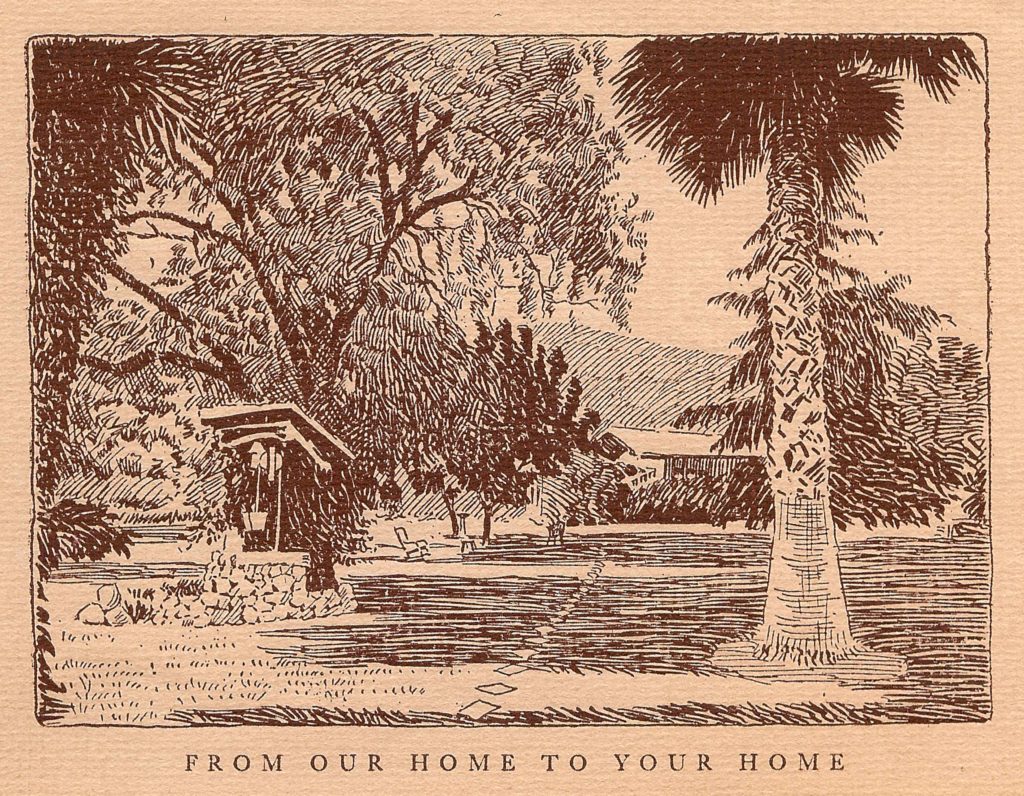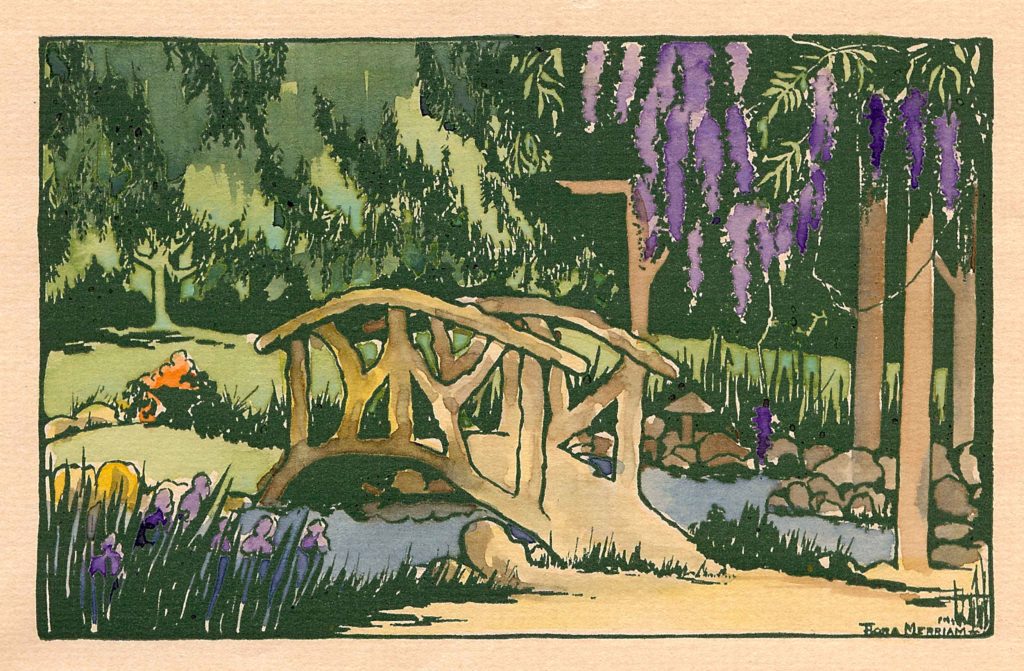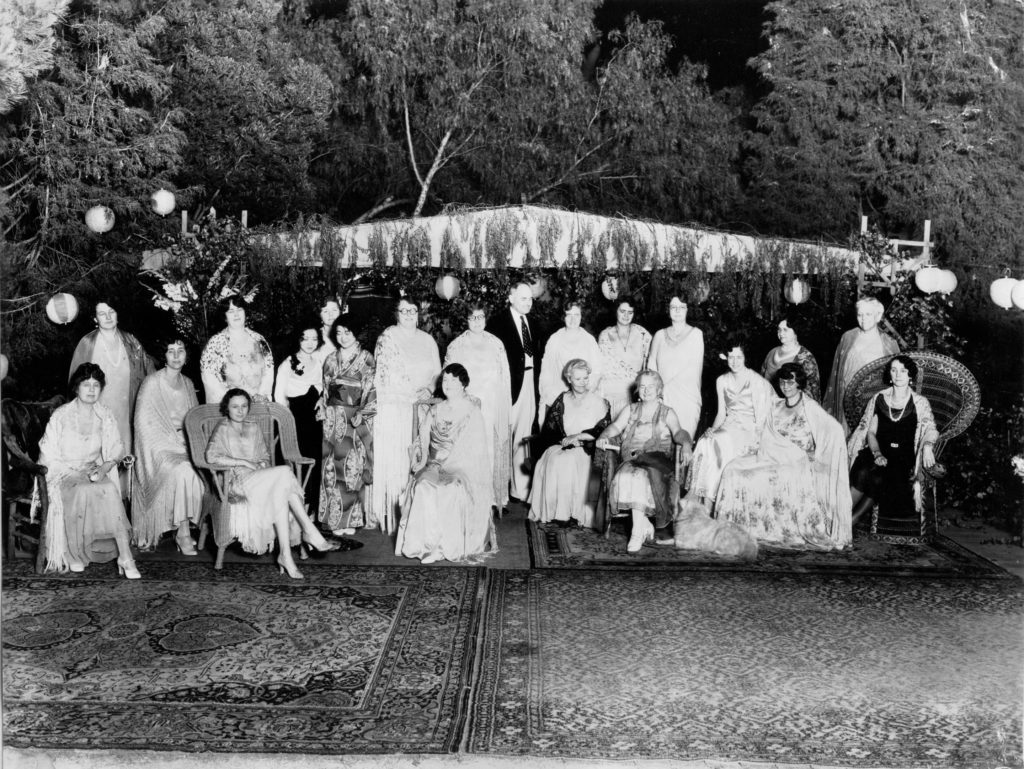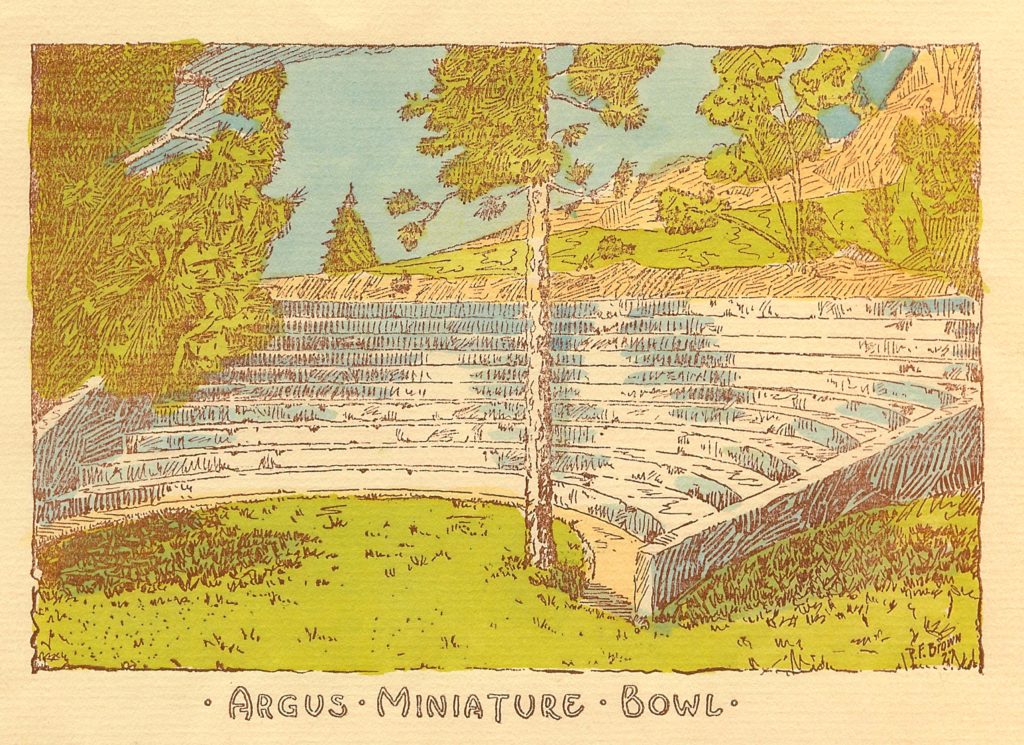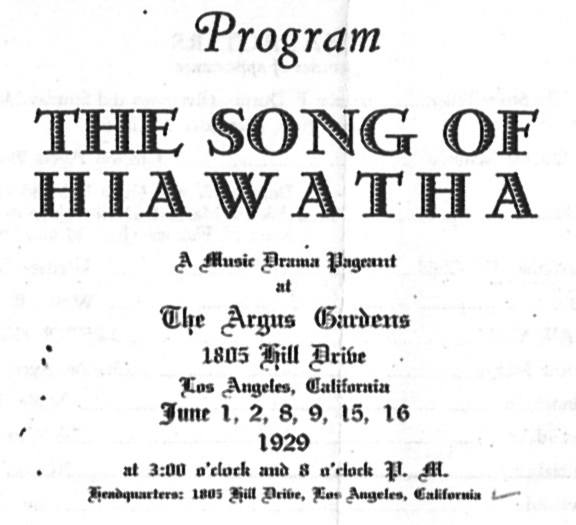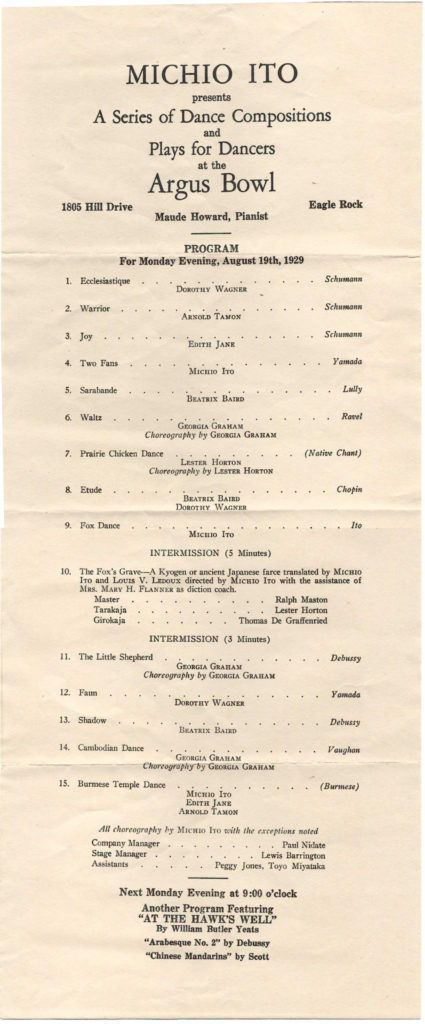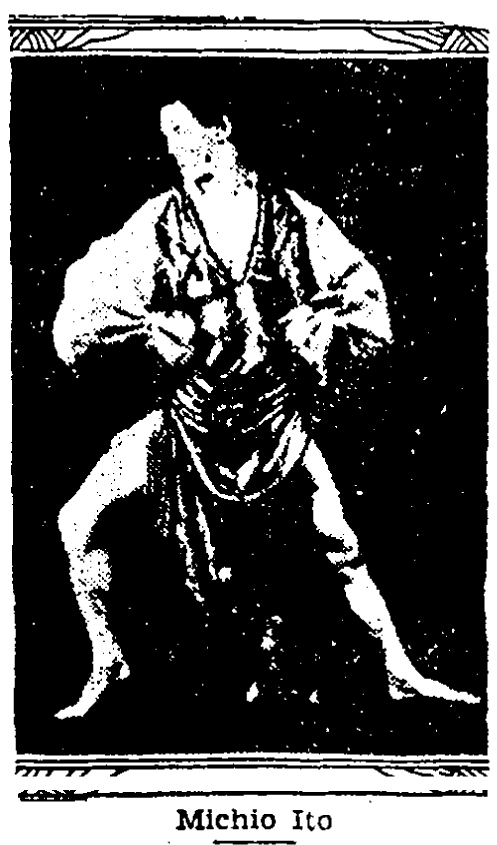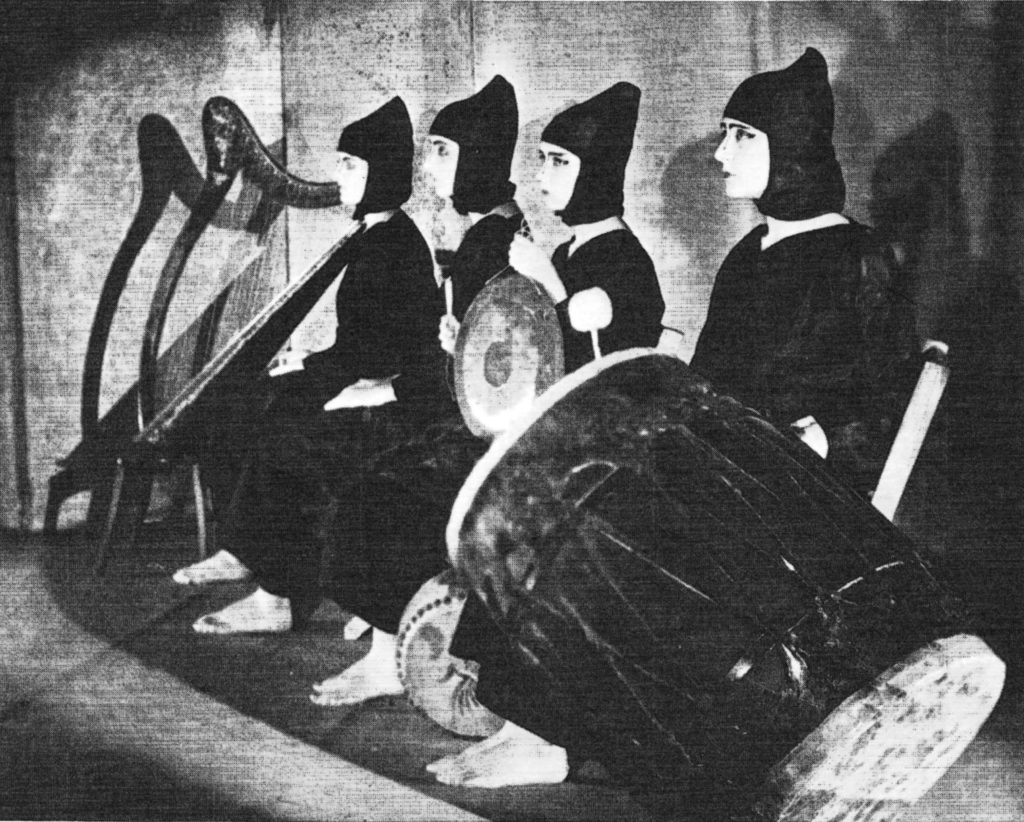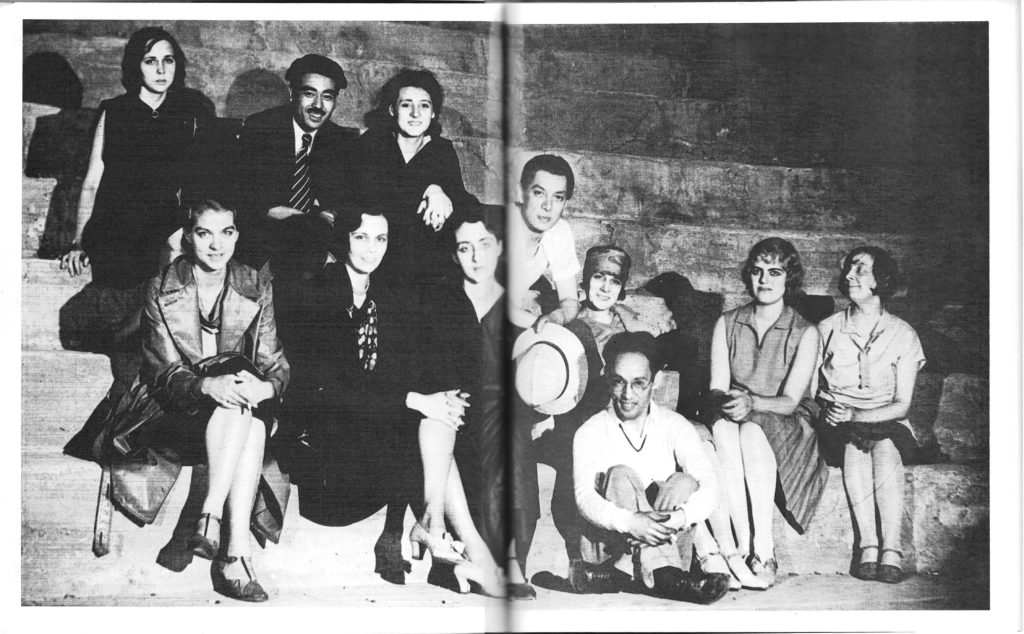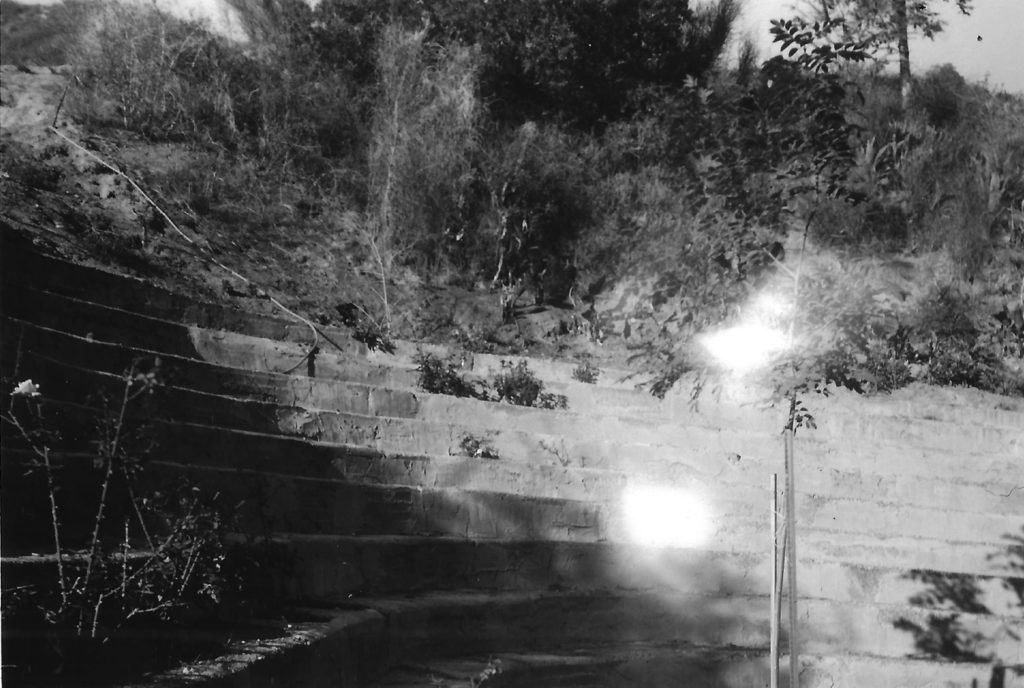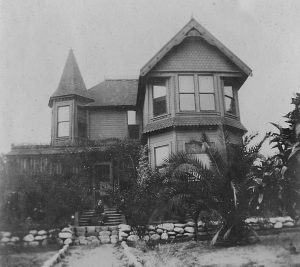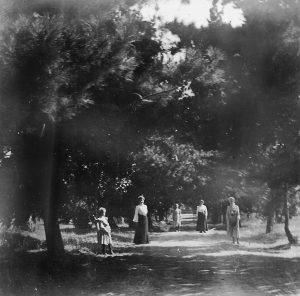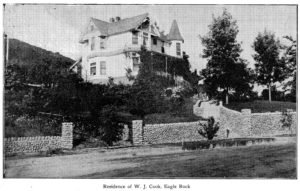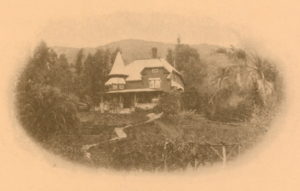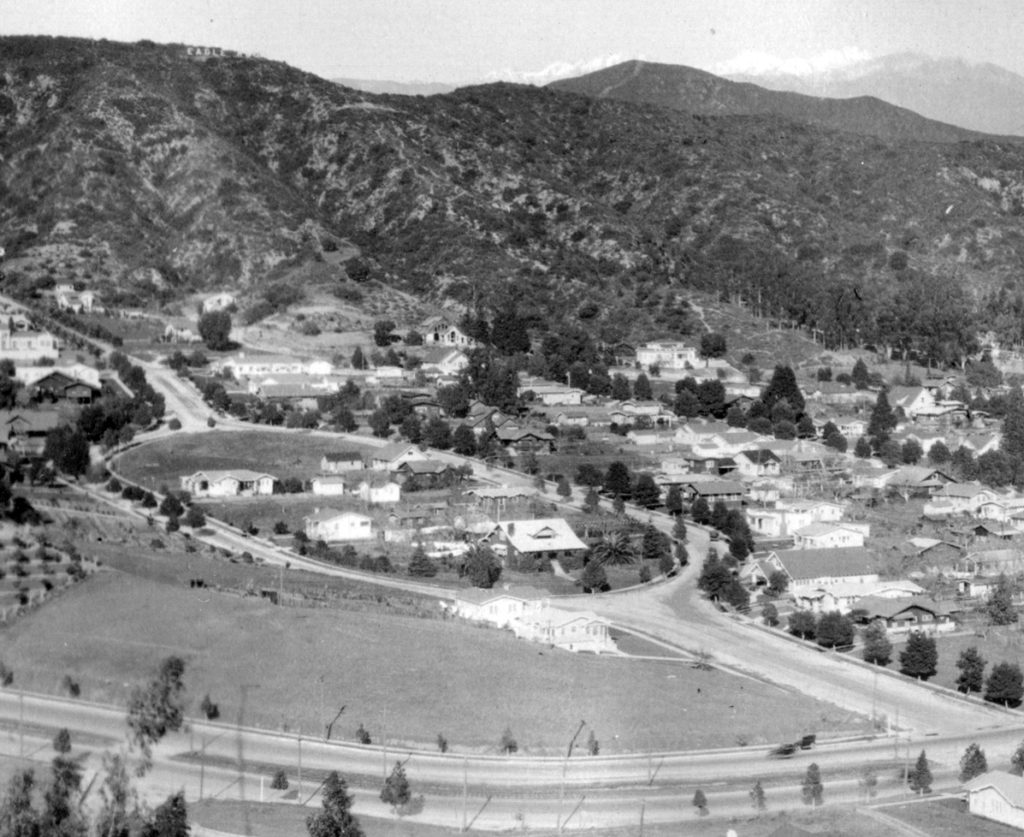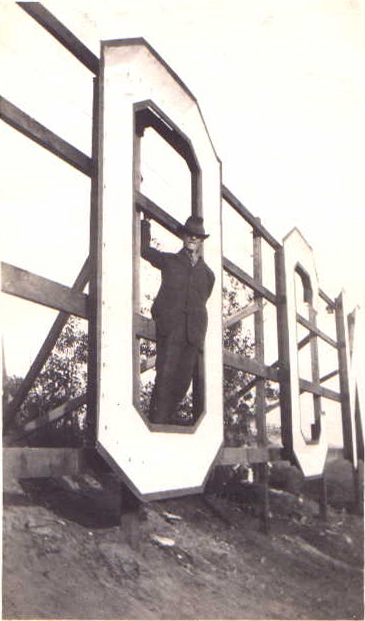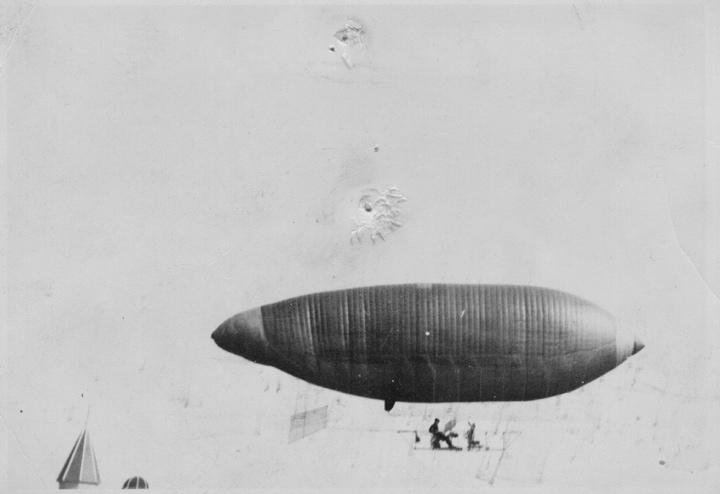People, Places and Blimps
Miss Helen Steele Pratt, "Natural Born Naturalist"
Emma and Charles Young, Historian and Civic Leader (Their home "Castle Crags" was designated LAHCM #931 in 2008)
J.J. Broomall-Dahlia Expert
A BRIEF HISTORY OF THE DAHLIA
WHERE IT CAME FROM AND HOW IT HAS BEEN IMPROVED
The Dahlia is a native of Mexico and before the invasion of Mexico by Cortez was grown by the Aztecs under the name of ACOCTLI.
lt was named DAHLIA in honor of Professor Andrew Dahl, a Swedish Botanist, and was first cultivated in Europe about 130 years ago.
Dahlia Variabilis, the forerunner of the common or Show Dahlia, was single in its wild state. The first perfectly double flowers were obtained by M. Dankelaar, of the Botanical Gardens of Belgium, in N14, and from this source came the well-known double varieties so common in the gardens of the East a half century ago.
The Specific name Variabilis was given because plants grown from seed of the original type produced flowers of various colors without hybridizing.
Dahlia Juarezi, the original Cactus Dahlia. was named after a former President of Mexico and was discovered in Juxphaor, Mexico, in 1872, by J. T. Yanderberg, and sent by him to an English florist who exhibited it in England in 1882. The graceful form and brilliant color of the flower at once captured the fancy of flower lovers, and today there is no flower more popular.
The progeny of Dahlia Juarezi not only "broke" into various colors, but into different shapes as well It was by selecting the most desirable of these and re-selecting the finest from each succeeding generation of plants, that the CACTUS DAHLIA has been worked up to its present high state of perfection. The contrast between Juarezi and some of its gorgeous descendants is so great that it almost staggers belief, indeed, the marvelous transformation wrought in this wonderful flower in the past 34 years must seem to those unacquainted with the possibilities of plant life more like a tale from Arabian Nights than actual reality.
There are three important factors in connection with this improvement. These are HYBRIDIZATION, SELECTION and CULTIVATION. and the latter two are by far the most important. (This statement will apply not only to Dahlias, but to all cultivated plants that have been improved in beauty and usefulness by the industry of man.)
Without good cultivation, selection would be impossible, for that is necessary to determine the merits of the plant: and without intelligent, discriminating selection, hybridization would in most cases be of little avail. GOOD CULTIVATION, then, having been the most important factor in bringing the Dahlia to its high state of development, it naturally follows that the best possible cultivation is necessary in order to maintain the high standard. The finest plants that grow will not prove satisfactory if they are treated indiferent1y or unintelligently. lf you would succeed I would say:
“All that you do. do with your might; Things done by halves are never done right."
(Broomall catalog 1922-ERVHS)
EAGLE ROCK
Eagle Rock City, the home of the BEST DAHLIAS is located in a beautiful little valley nestled among the foothills. It is eight miles north of Los Angeles and two miles west of Pasadena.
At the head of the valley stands the great bird rock. a huge mass of conglomerate rising about 150 feet above the valley; an overhanging ledge on the face of the rook causes the shadow, resembling an eagle in flight, as shown in the photograph. This is one of the noted landmarks of California and is famed in legend and story. The incomparable climate of Southern California is world famous. Eagle Rock is one of the most favored spots, in a land of almost constant sunshine, where it is possible to work out of doors without a coat in comfort about 350 days in the year. It will pay our Eastern friends who visit Los Angeles to see Eagle Rook, and its famous Dahlias.
The City of Eagle Rock has a population of about 4000, and because of its favored location is growing rapidly. It has three public schools. several churches, and many miles of paved streets; the principal street running east and west is Colorado Boulevard. 120 feet wide, and paved the full width. This is a part of the Foothill Boulevard system and is one of the most travelled thoroughfares in the State.
Visitors desiring to see the Eagle Rock Dahlia Farm, should take the Eagle Rock City cars running north on Broadway in Los Angeles, and ride to the end of the line.
Visitors from Pasadena should take the Pasadena-Ocean Park Bus, at the corner of Colorado and North Fair Oaks Avenue, and ride to Rosemont Avenue in Eagle Rock. COME AND SEE the world’s most famous Dahlias.
J.J. BROOMALL. DAHLIA SPECIALIST,
257 Rosemont Avenue, Eagle Rlock, California. Phone Garvanza 1163.
EAGLE ROCK CITY
Is the fastest growing city of its size in the world today. “'There’s a reason.” It is well known that Southern California is the most healthful and comfortable place to live, and Eagle Rock Valley is an unexcelled gem in this land of sunshine. If you want to live in the best place on earth. you should buy a lot in DAHLIA HEIGHTS, the most desirable location in EAGLE ROCK CITY.
Adjoining the Eagle Rock Dahlia Farm where the World's Finest Dahlias are produced.
For further information write to
H.E. BARNUM & CO.,746 East Colorado Blvd., Eagle Rock, California
Mme. Elsa Von Grofe Menasco
The Eagle Rock Kiwanis Club
The Eagle Rock Chamber of Commerce
Car Clubs
Three Sisters
The Oldest Service Station in L. A.-The J. Risk Standard Station
Survey LA, a comprehensive survey of historic structures throughout the city, described the building thus “One exceptional example is a modest service station building dating from 1919. Originally constructed on: Spring Street in Downtown Los Angeles, and moved to its current location on Colorado Boulevard in 1931, this property appears to be the oldest remaining service station building in the city.”
The Building’s History
J M. Risk is listed as the owner on the 1931 building moving permit. He purchased the building from Standard Oil of California and moved it to its current location at 1659 W. Colorado Blvd., a mile and a half from his home. When he moved the service station to Eagle Rock, the entire north side of the block was undeveloped. As there were no buildings on the block, the service station could operate as it was designed to: cars could pull up under the canopy, get served, and then pull out onto Colorado Blvd. The lots on either side of the property remained undeveloped until 1949.
Clyde A. Brown advertised the station starting in April 1932, shortly after it was moved to Eagle Rock. Mr. Brown is also listed as running the station in the Los Angeles directory from 1932-1933.
William R. Sykes ran the service station starting in 1938. Mr. Sykes manufactured and sold Travel-Eze trailers as well as installing “Lecos”. Lecos were advertised as a mechanical marvel that could give you 40 mpg. Additionally, William Sykes offered to re-silver the reflectors in your car’s headlights.
In late January 1939 Ernest B. Ames, a local rancher, opened the
Stop & Shop fruit and vegetable market at the building.
Sometime around 1947 George Clairville purchased the Jay Risk Standard Oil Co. Service Station and used it as an office for his plumbing company. In 1949 Mr. Clairville built a modern office and home next door at 1655 W. Colorado Blvd. Over the follow- ing decades, the Clairville family expanded the building at 1655 W. Colorado Blvd., but left the build- ing untouched. In February 2022, the Clairville family, sold both 1659 and 1655 W. Colorado Blvd to Paradigm Collaboration LLC.

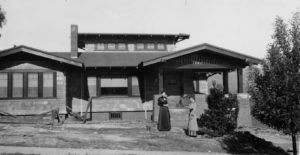
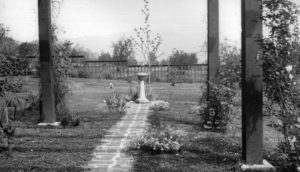
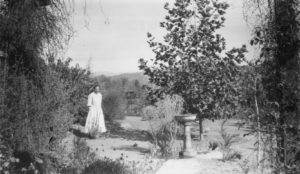
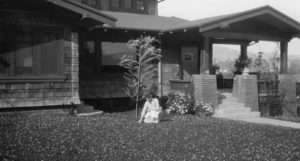
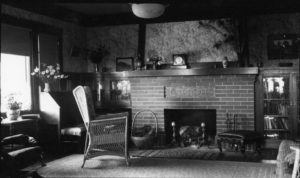
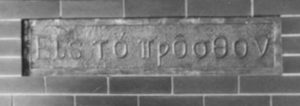
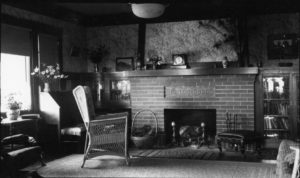
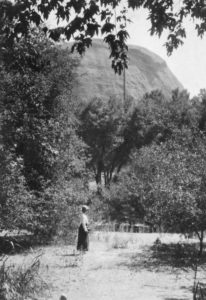
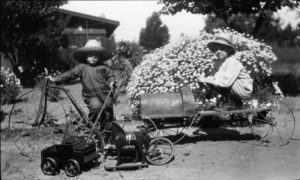
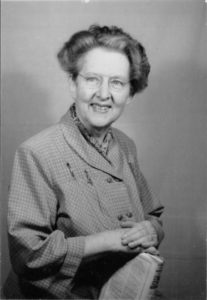
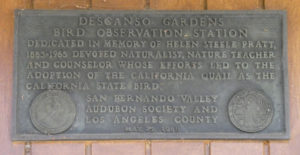
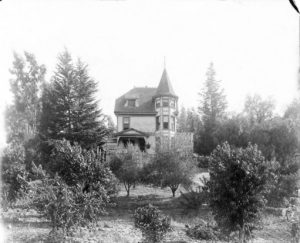
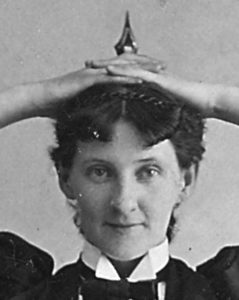

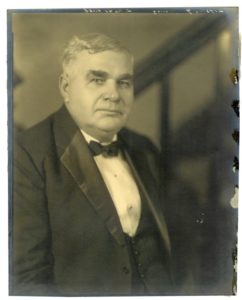
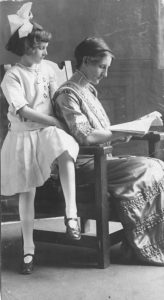
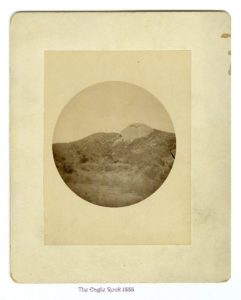
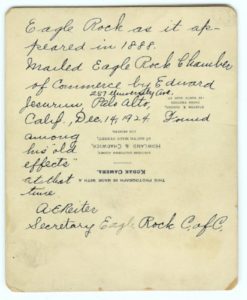
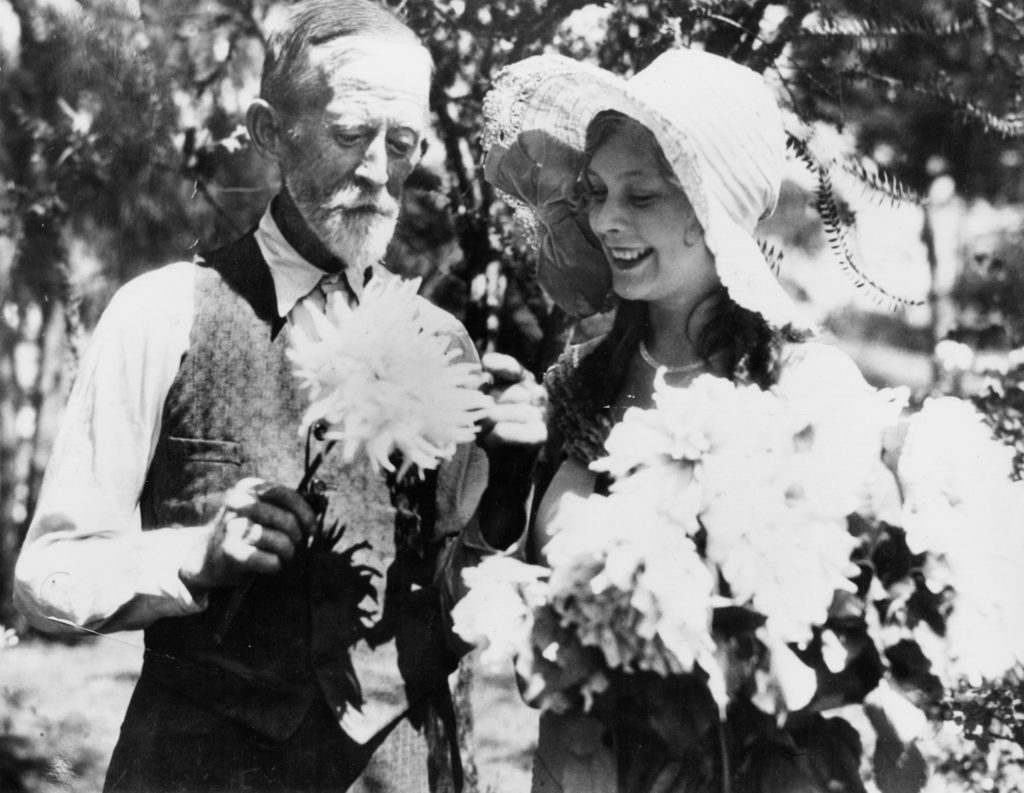
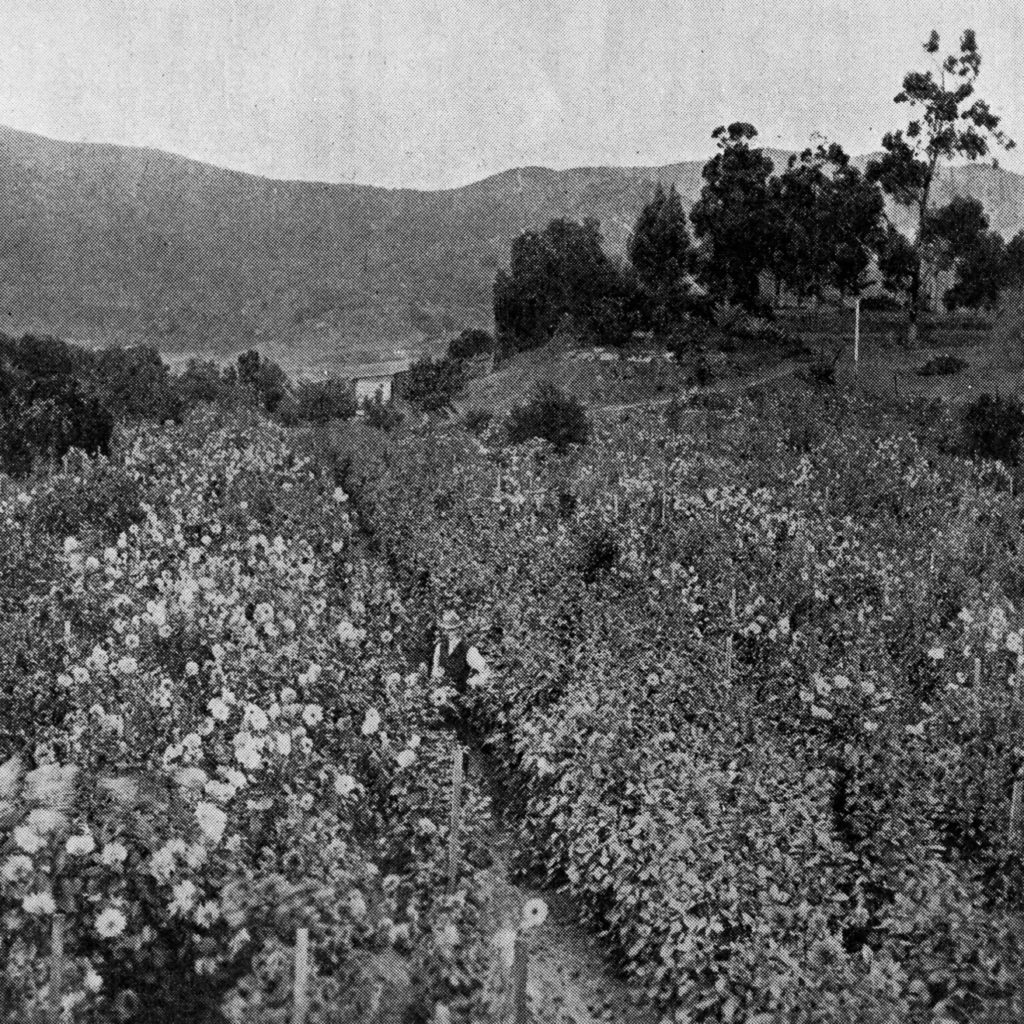
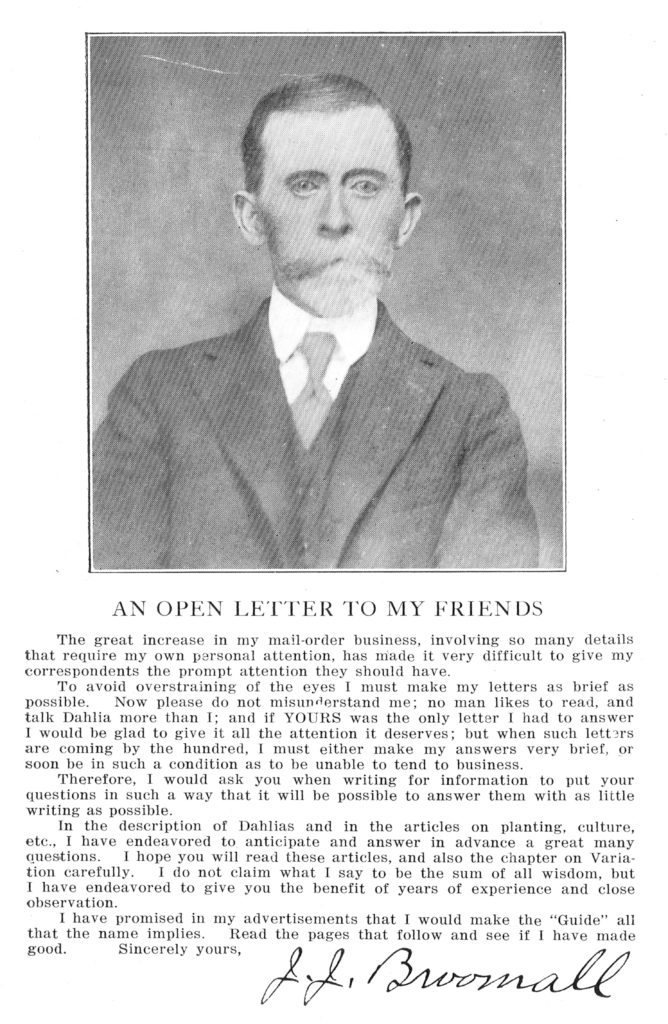
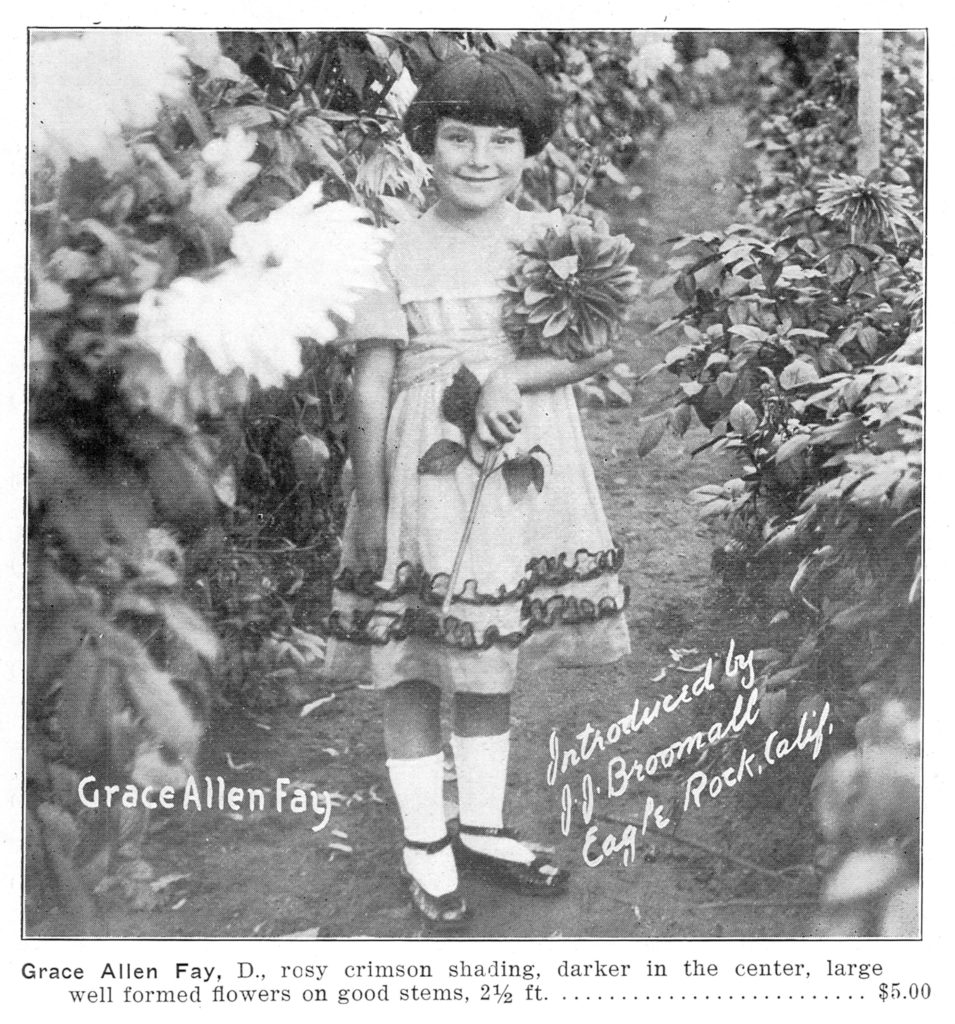
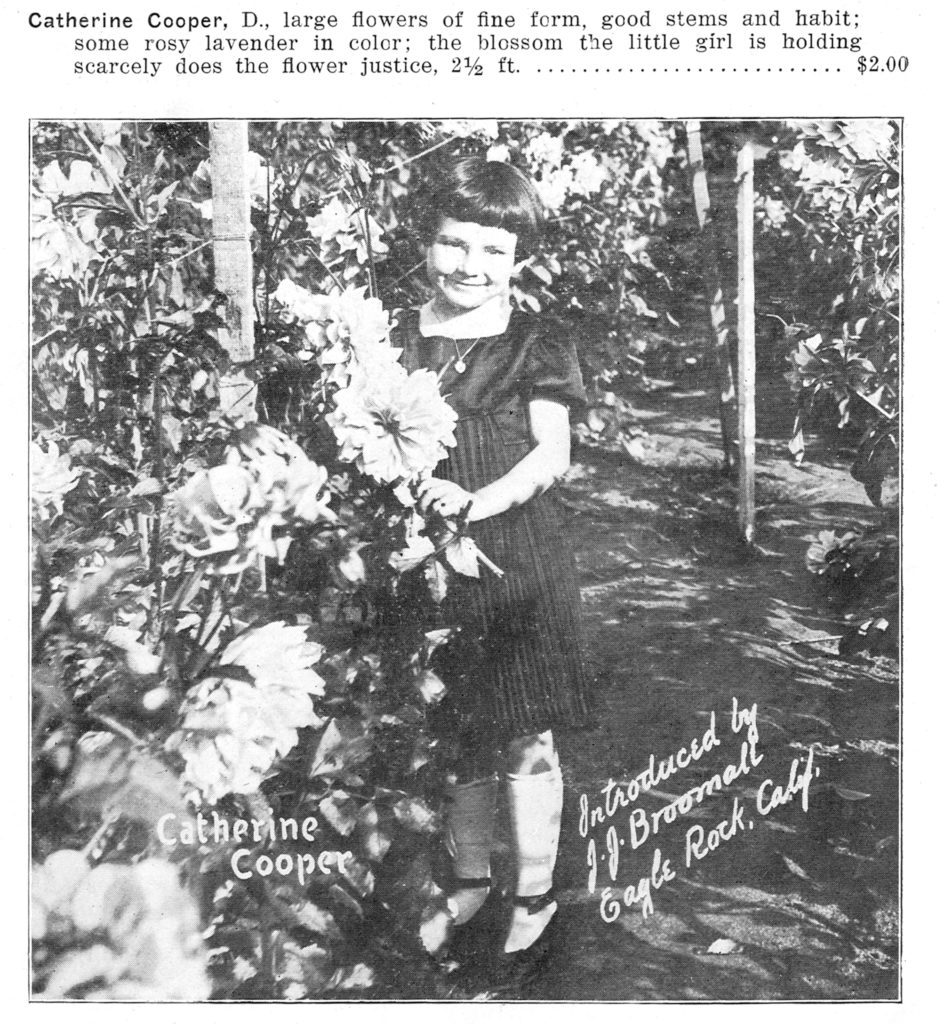
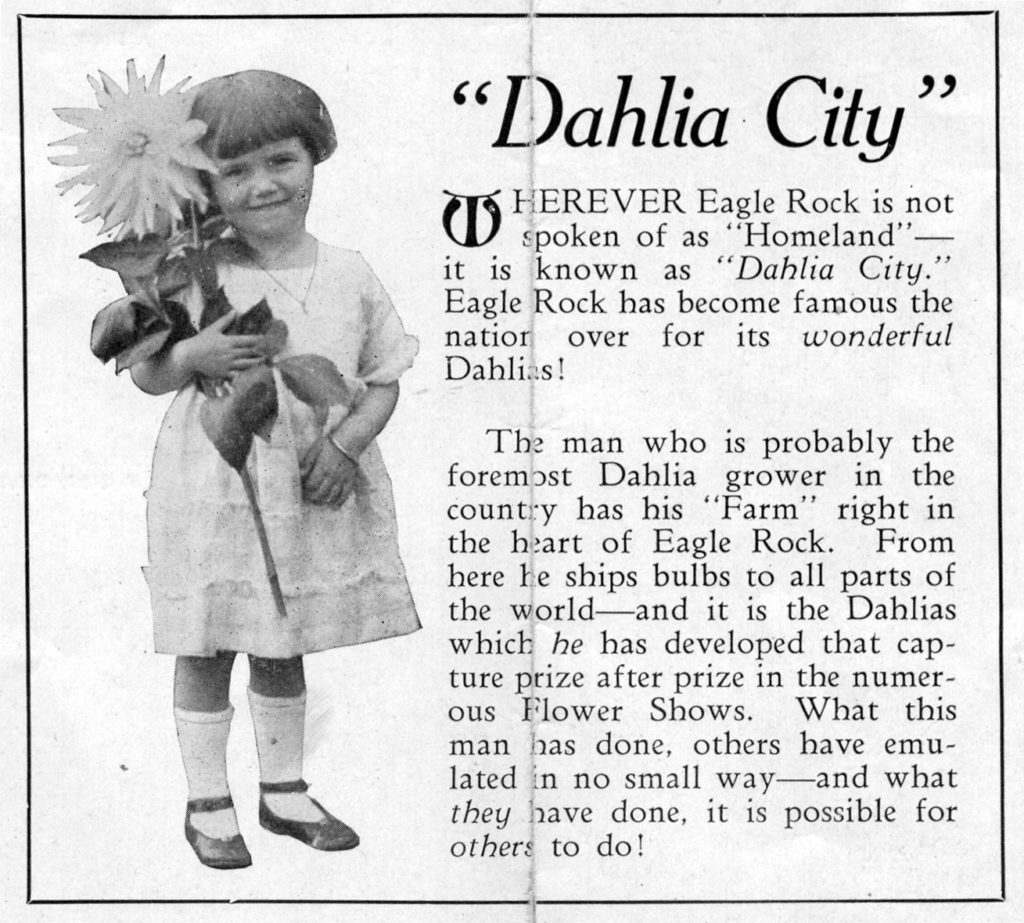
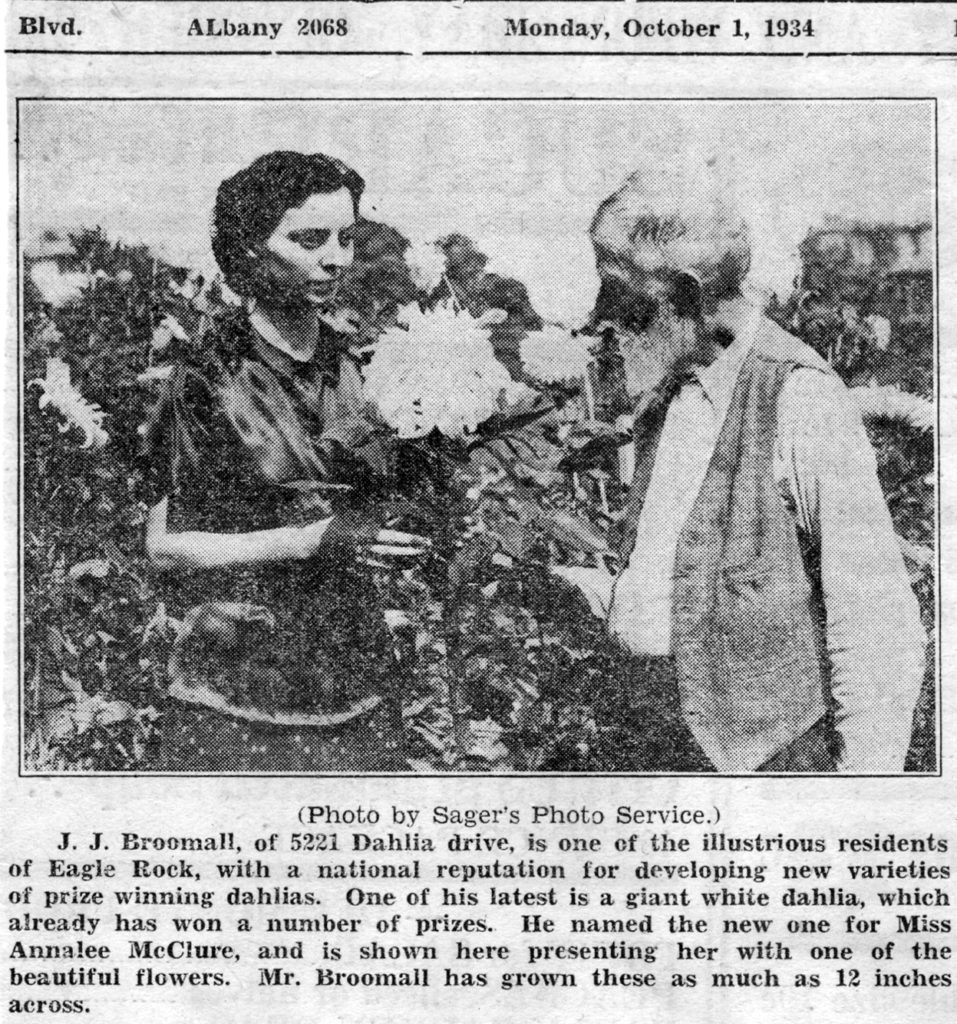
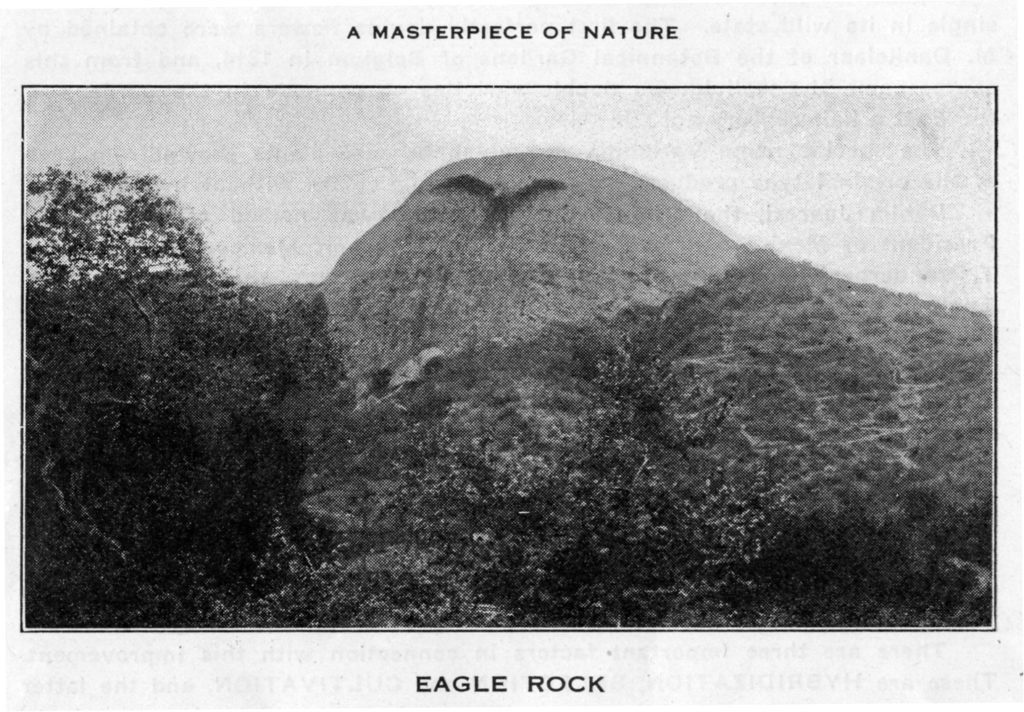
![1050.39 MDM MENASCO H'09 Mrs. Elsa von Grofe Menasco was born in 1872 into a musical family. Her father Bernhardt Bierlich was the first cellist of the Los Angeles Symphony even at 72 years of age. Her brother was also a member of the Los Angeles Symphony. Mr. and Mrs. Menasco lived in their home” The Roses” on Central Avenue (upper Eagle Rock Blvd.). “As a pupil of Julius Klengel of the royal conservatory at Leipzig, Madame Menasco has gained for herself the plaudits of the musical world of Europe and America. In a pretty little bungalow, at the top of a summer slope with her husband and a baby girl [Rosamund] lives Mrs. Elsa Von Grofe Menasco, a famous violin-cellist. Possessed of a most charming personality Mme. Menasco had won her way into the hearts of the residents of Eagle Rock before it had ever become known that in Mme. Menasco was an artist which the greatest American and European musical critics had delighted to honor.” (Anne Hare Harrison, LA Herald 1909, Illustration, LA Herald 1909)](https://www.eaglerockhistory.org/wp-content/uploads/2021/08/1050.39-MDM-MENASCO-H09-676x1024.jpg)
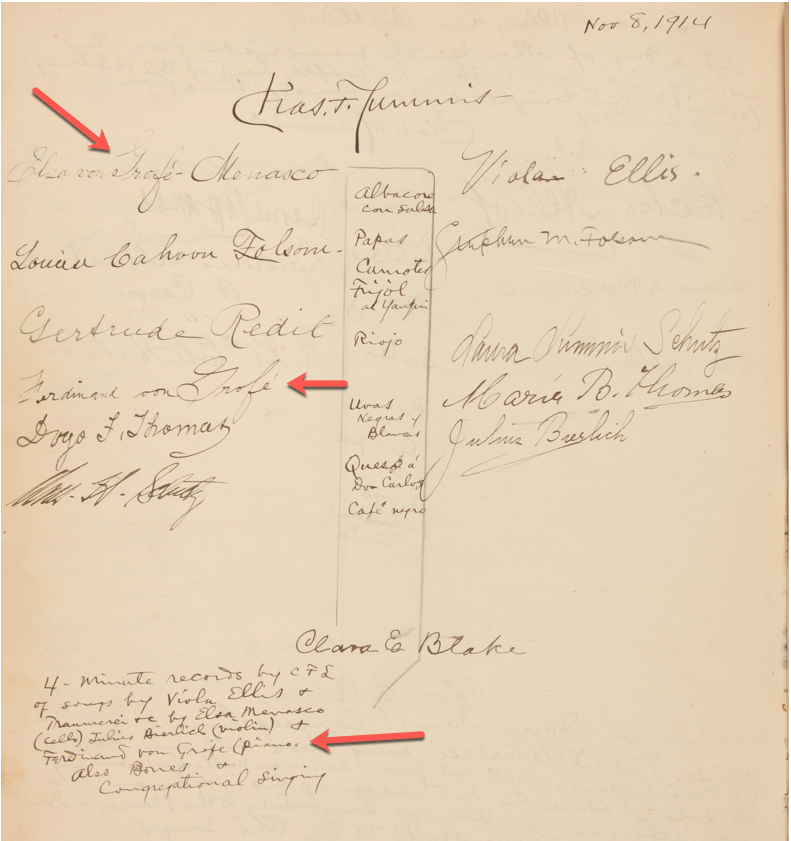
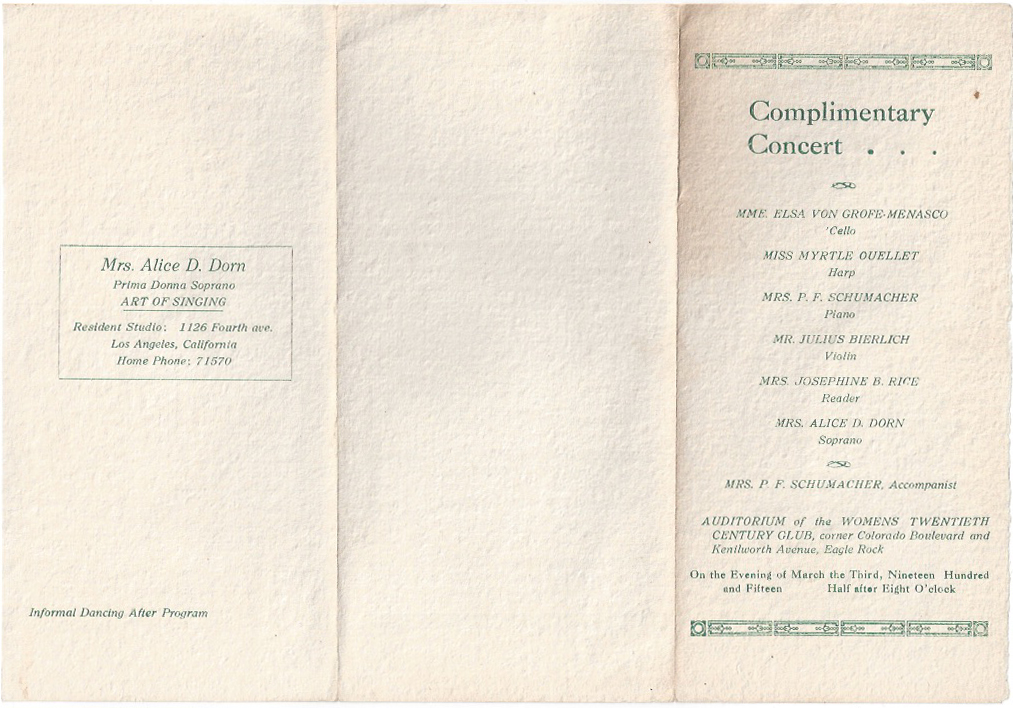
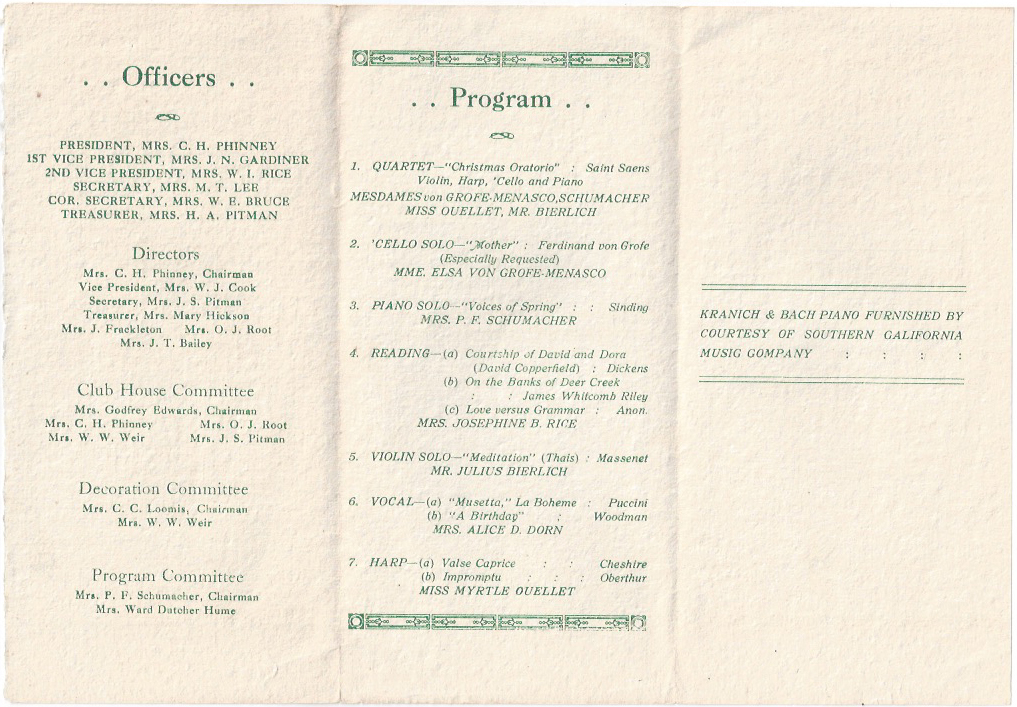
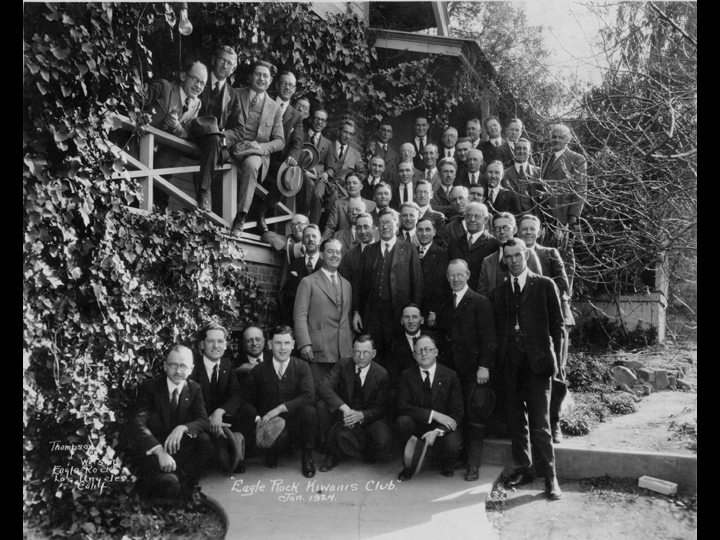
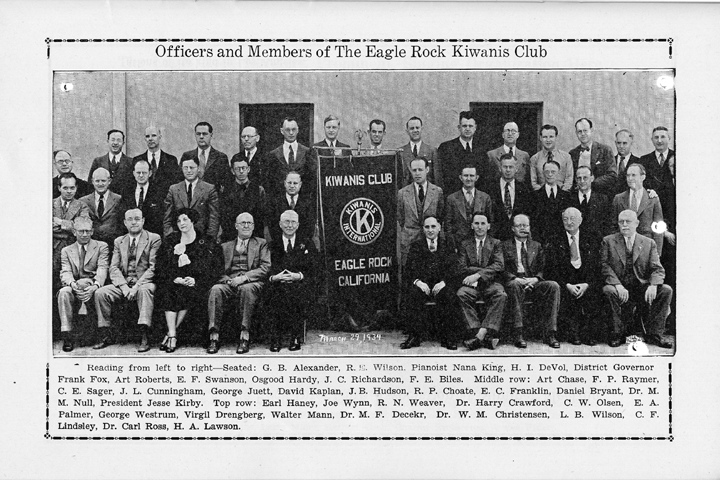
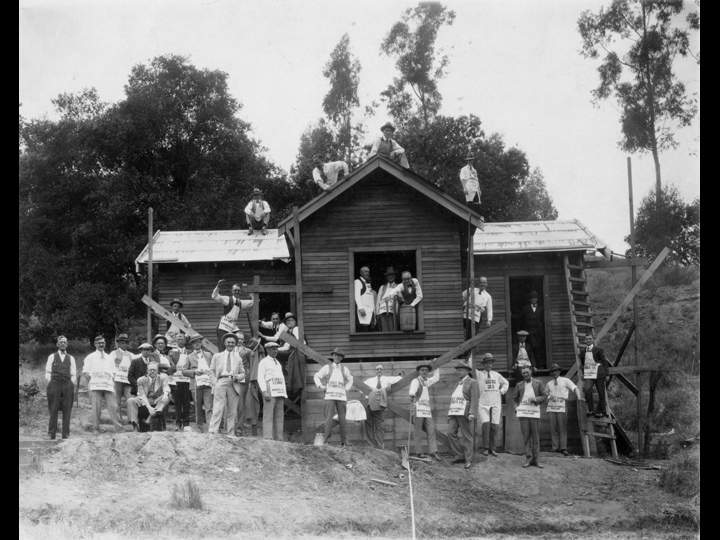
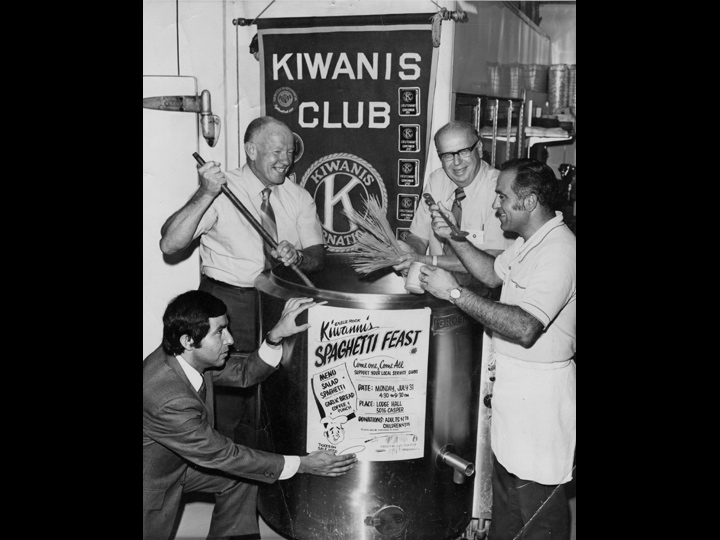
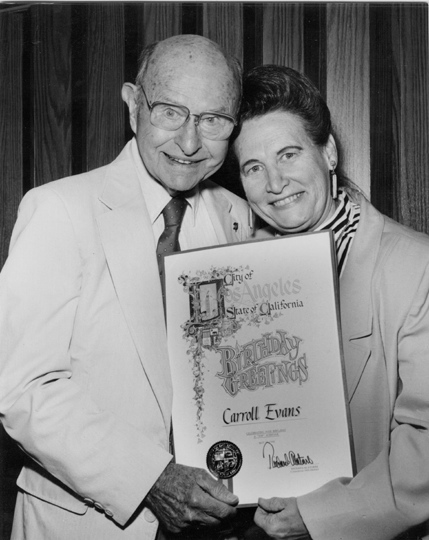
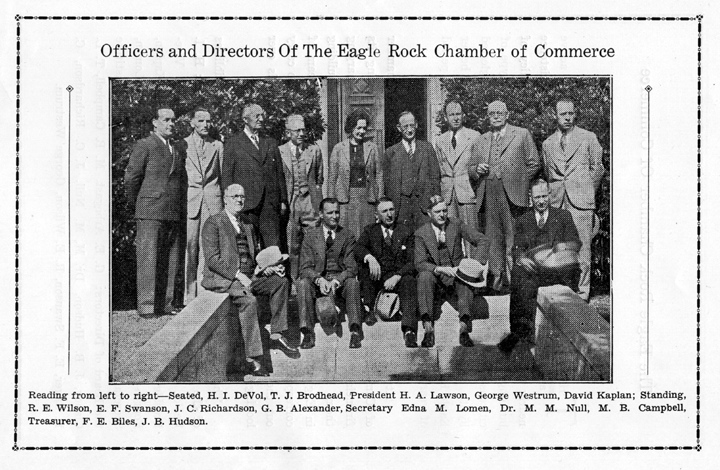
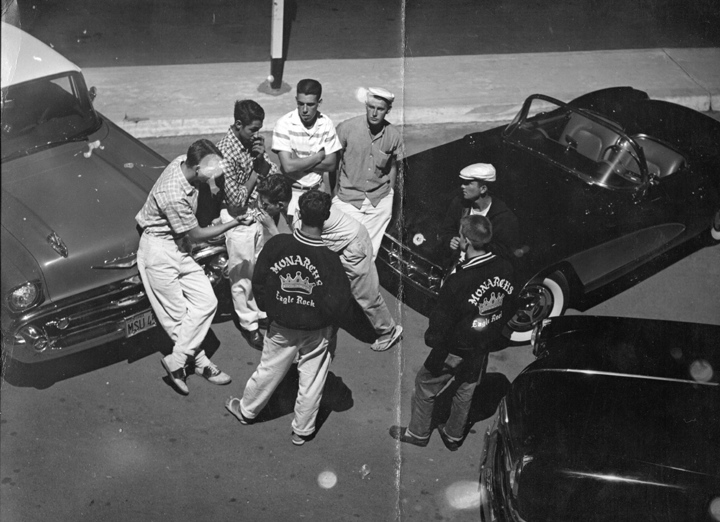
![ST CYR, LILI 0657.22 SALOMEe Maria Van Schaak (Lili St Cyr [pronounced sincere]) Publicity photo as "Salome" Ms. St Cyr's mother married Ian Blackadder. (ERVHS)](https://www.eaglerockhistory.org/wp-content/uploads/2022/05/ST-CYR-LILI-0657.22-SALOMEe-754x1024.jpg)
